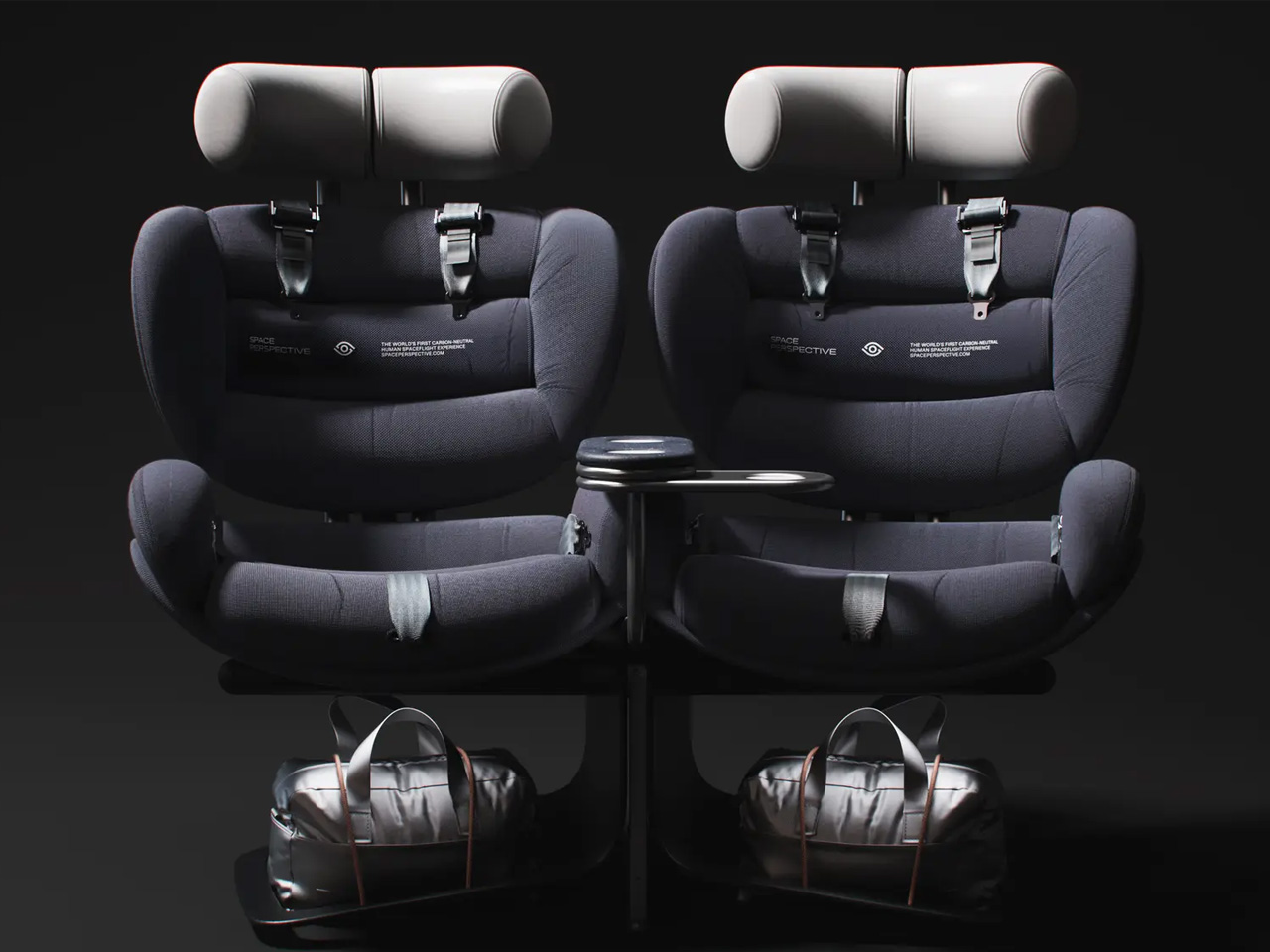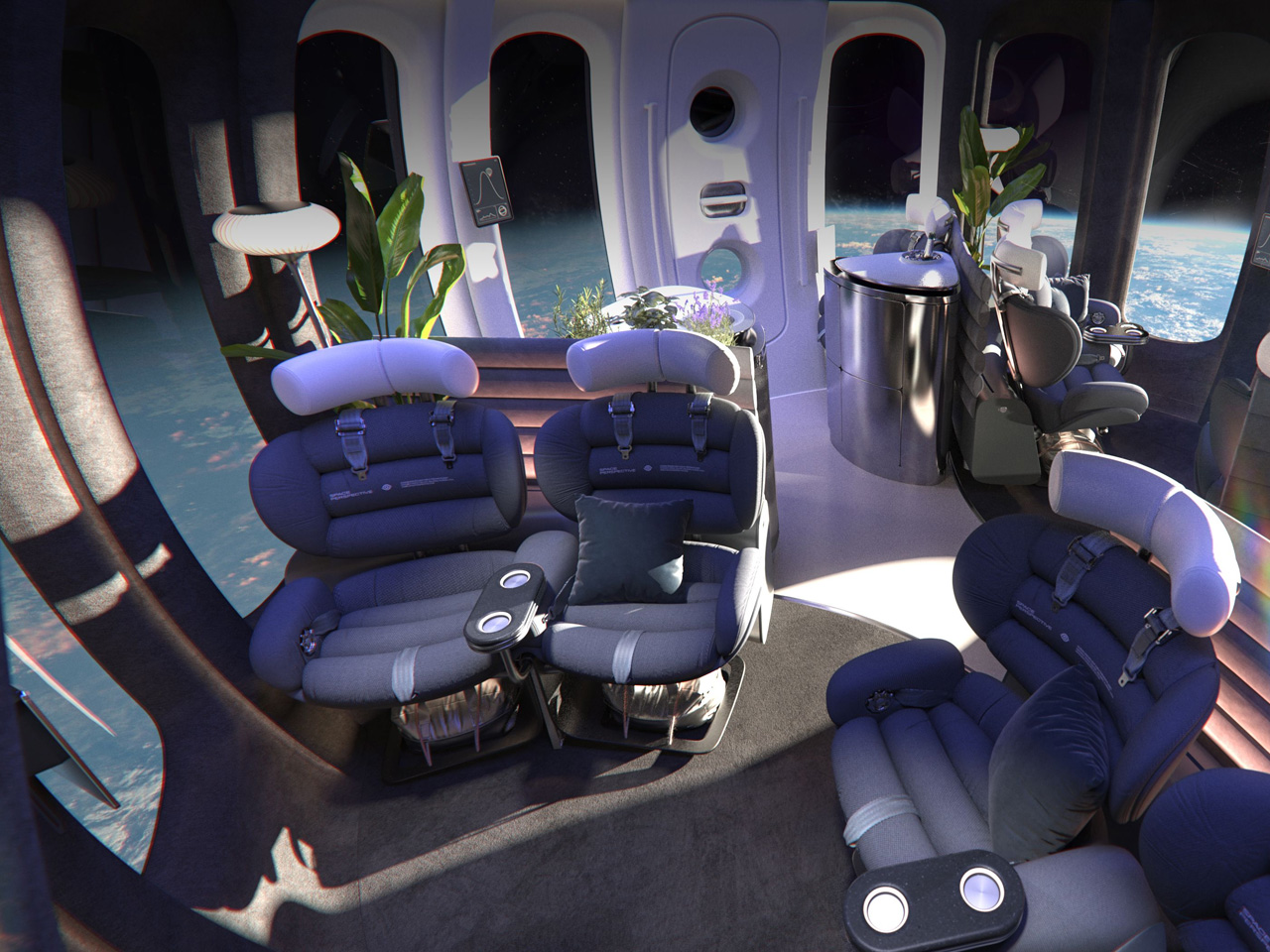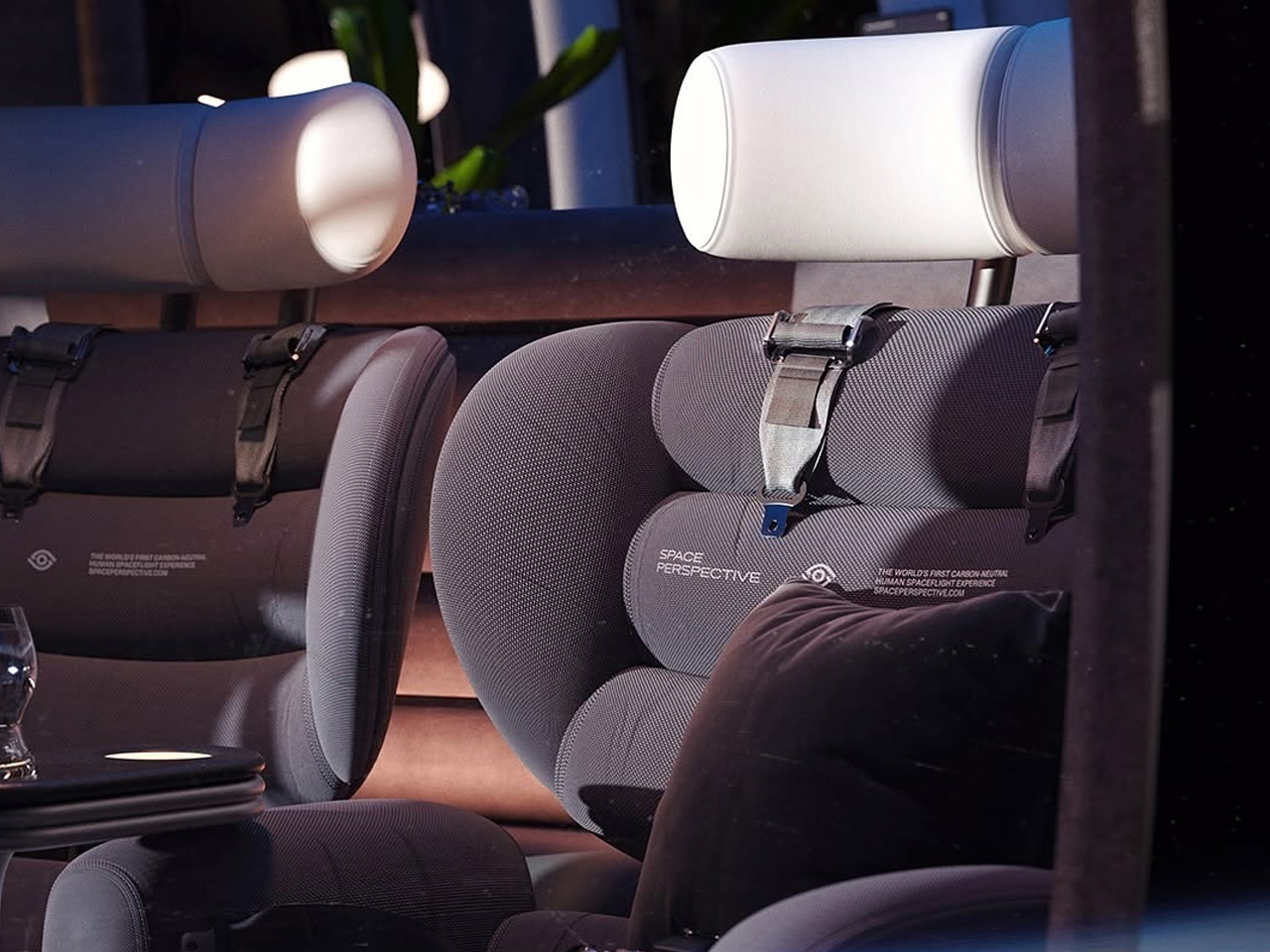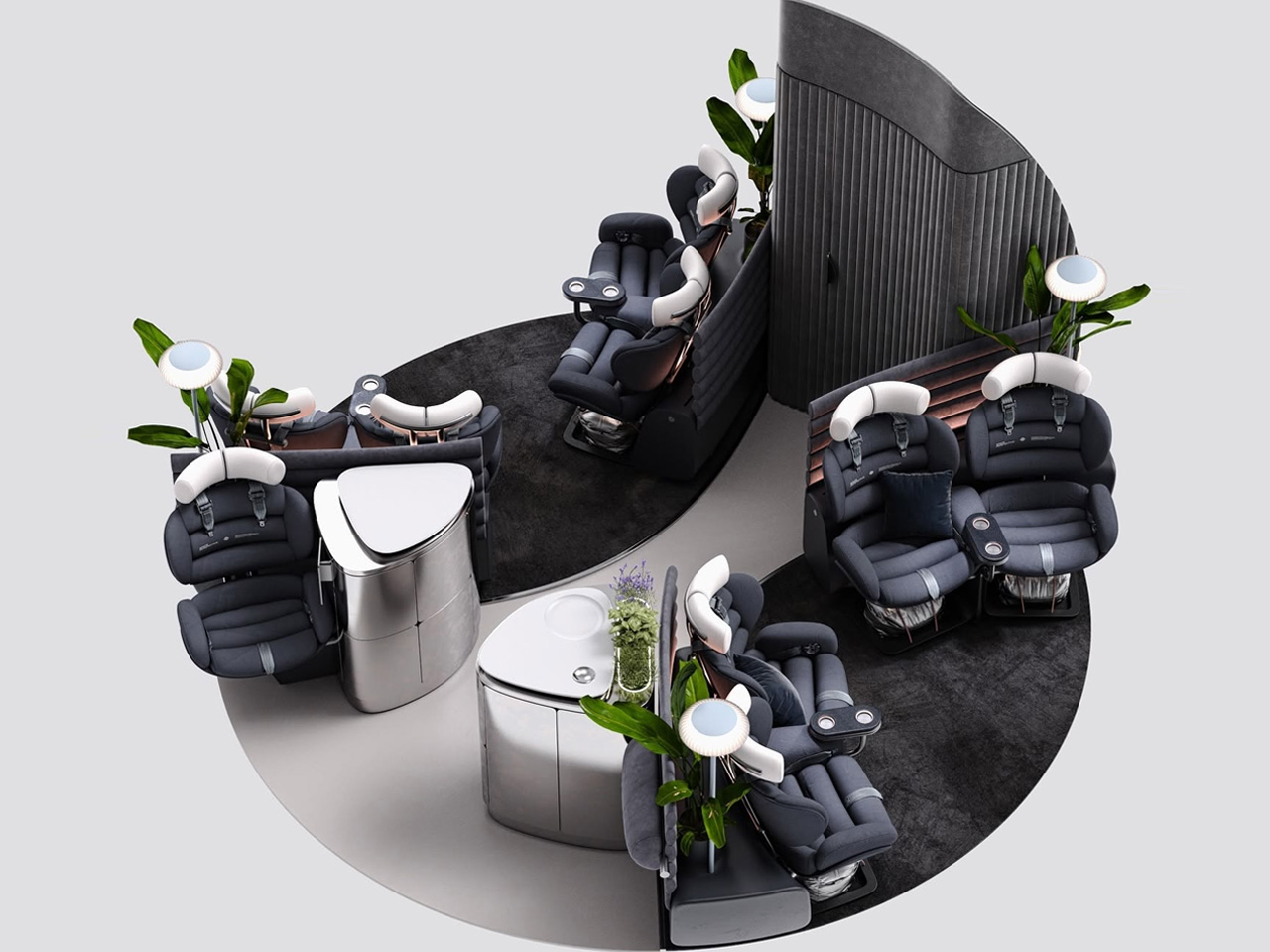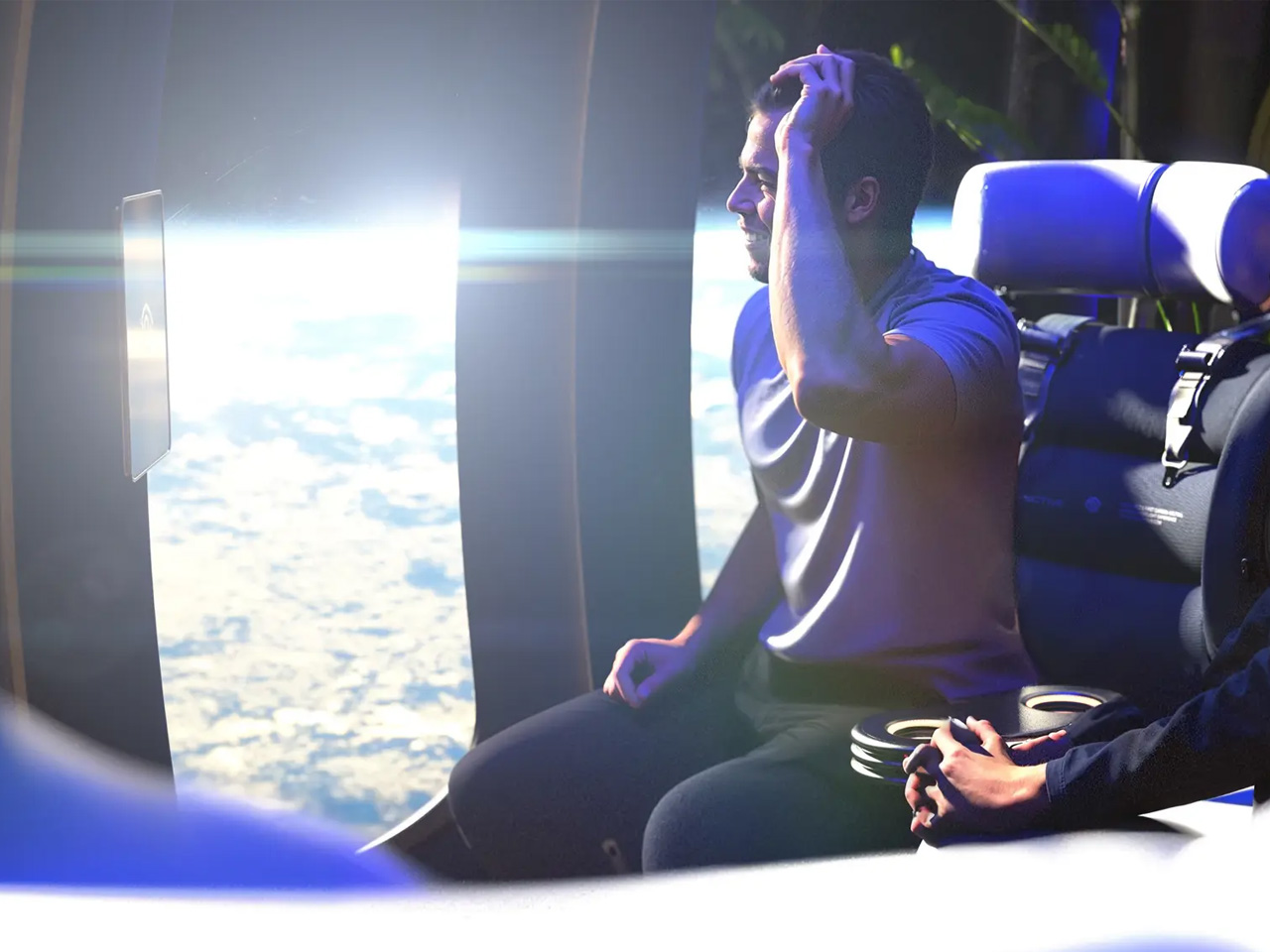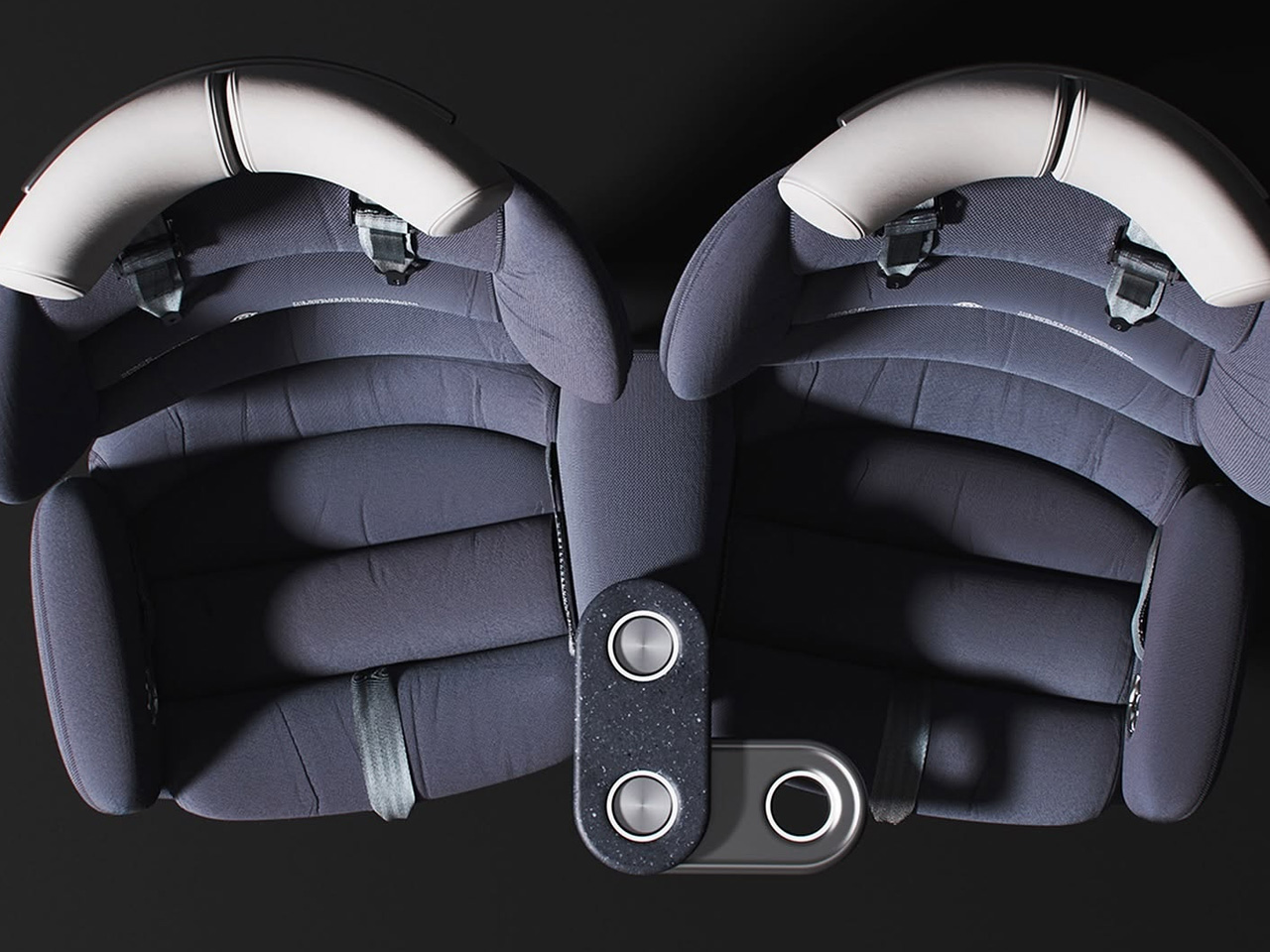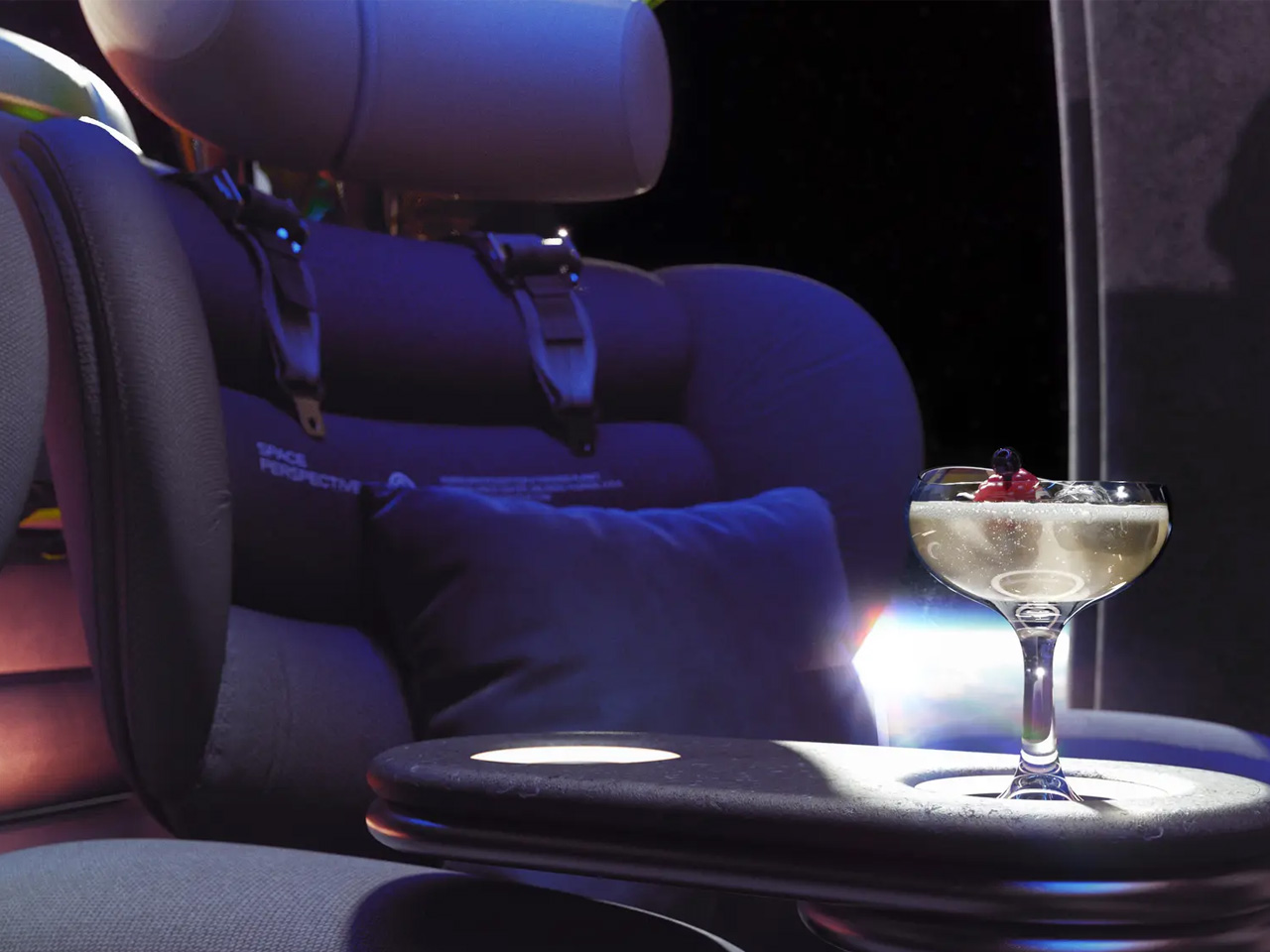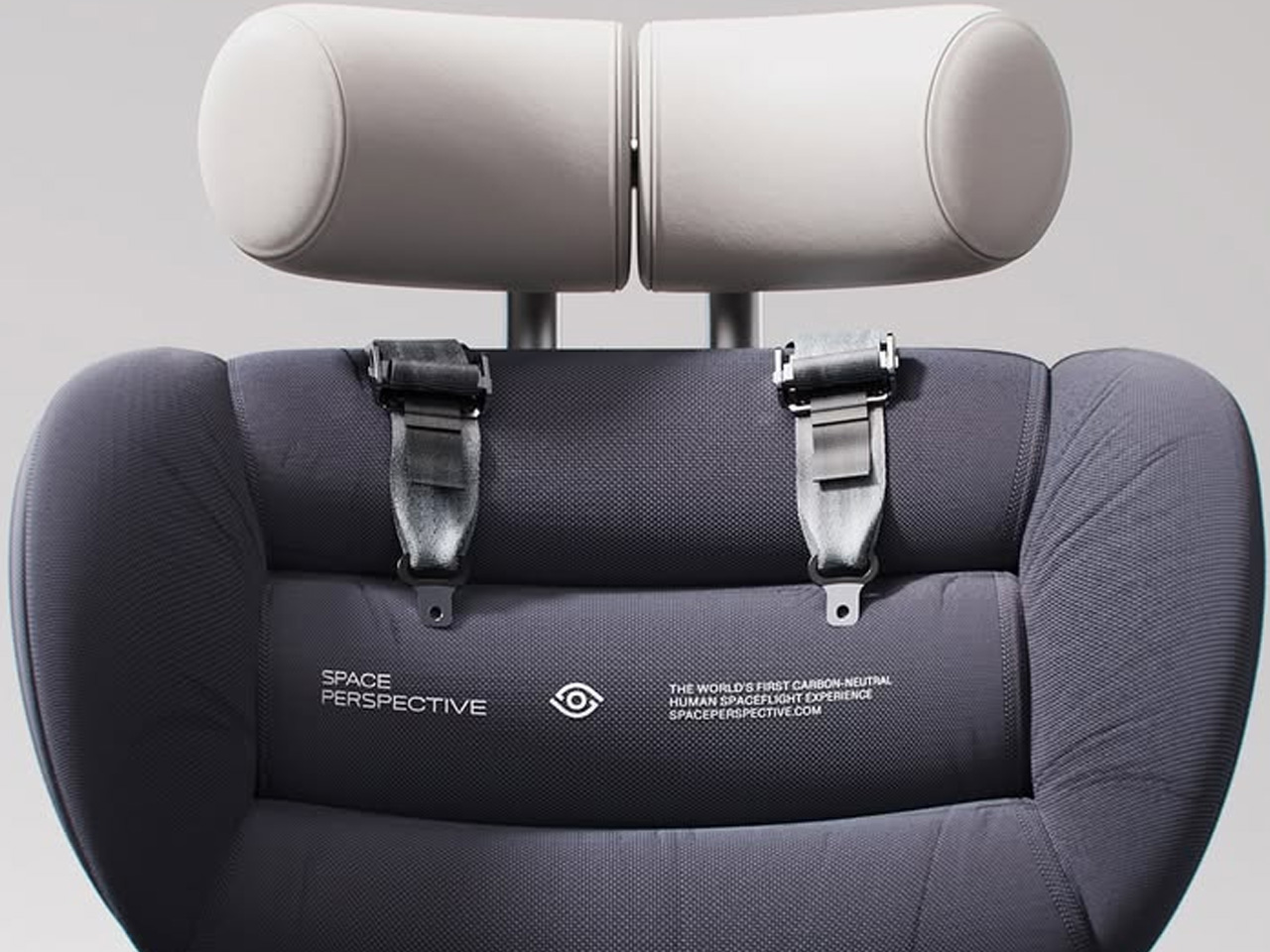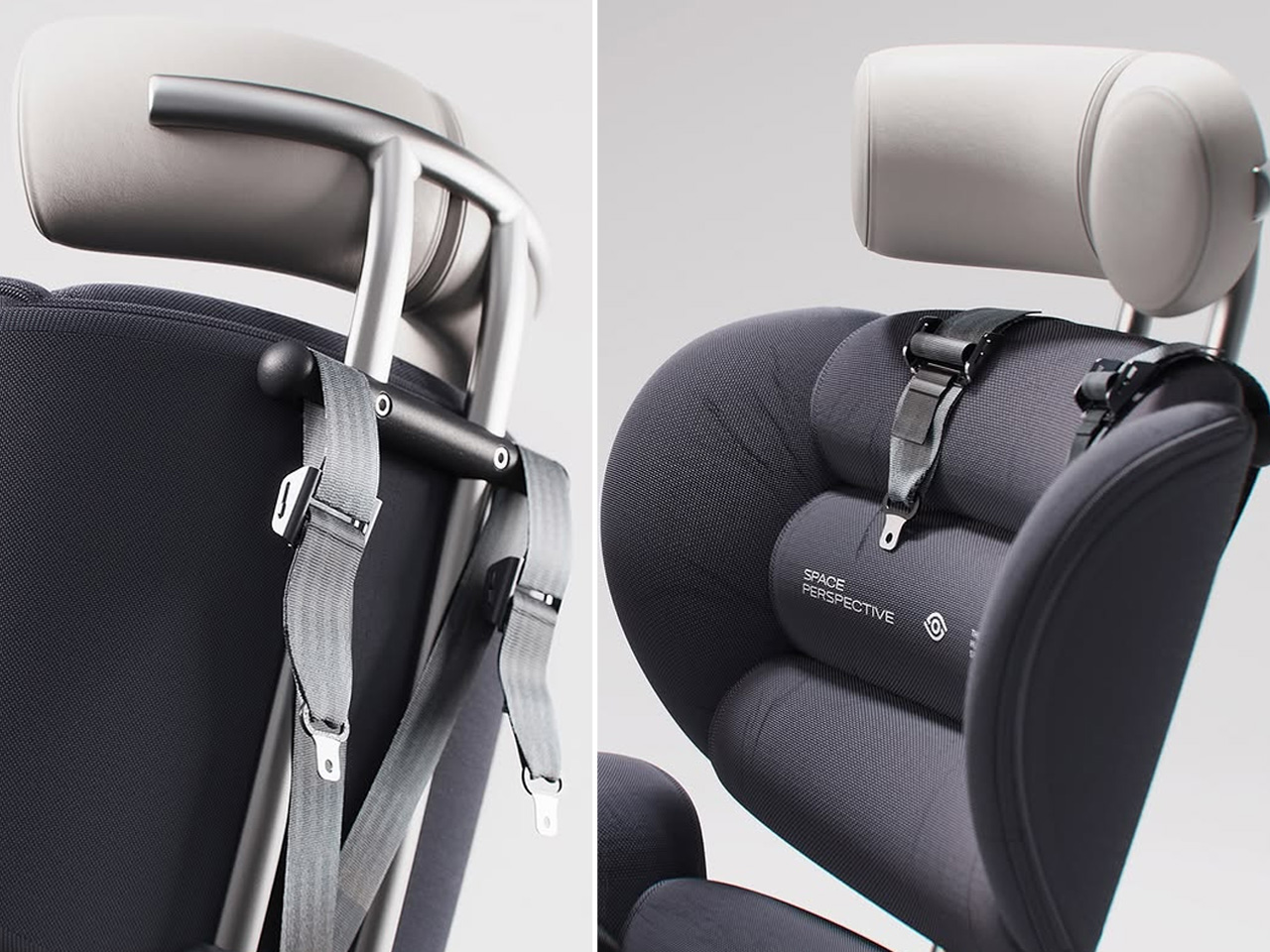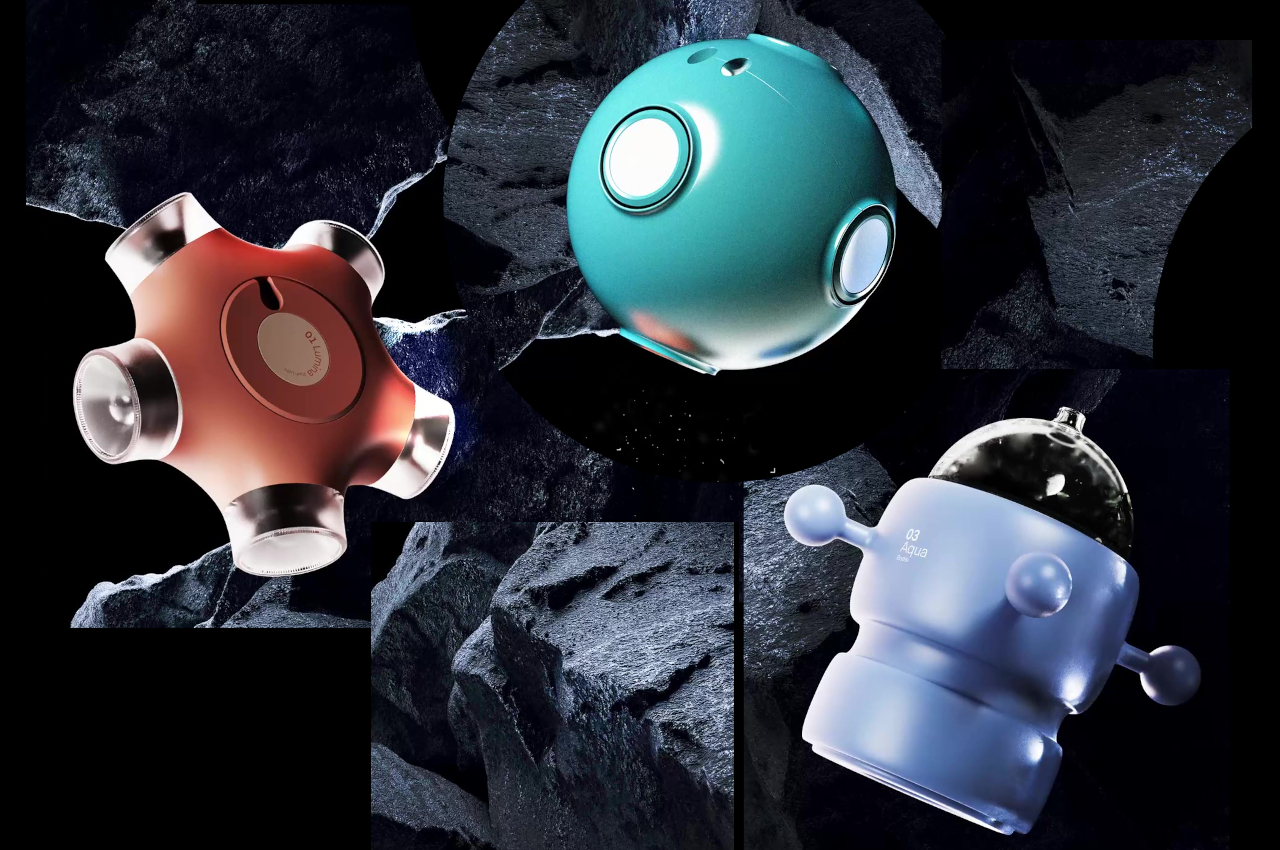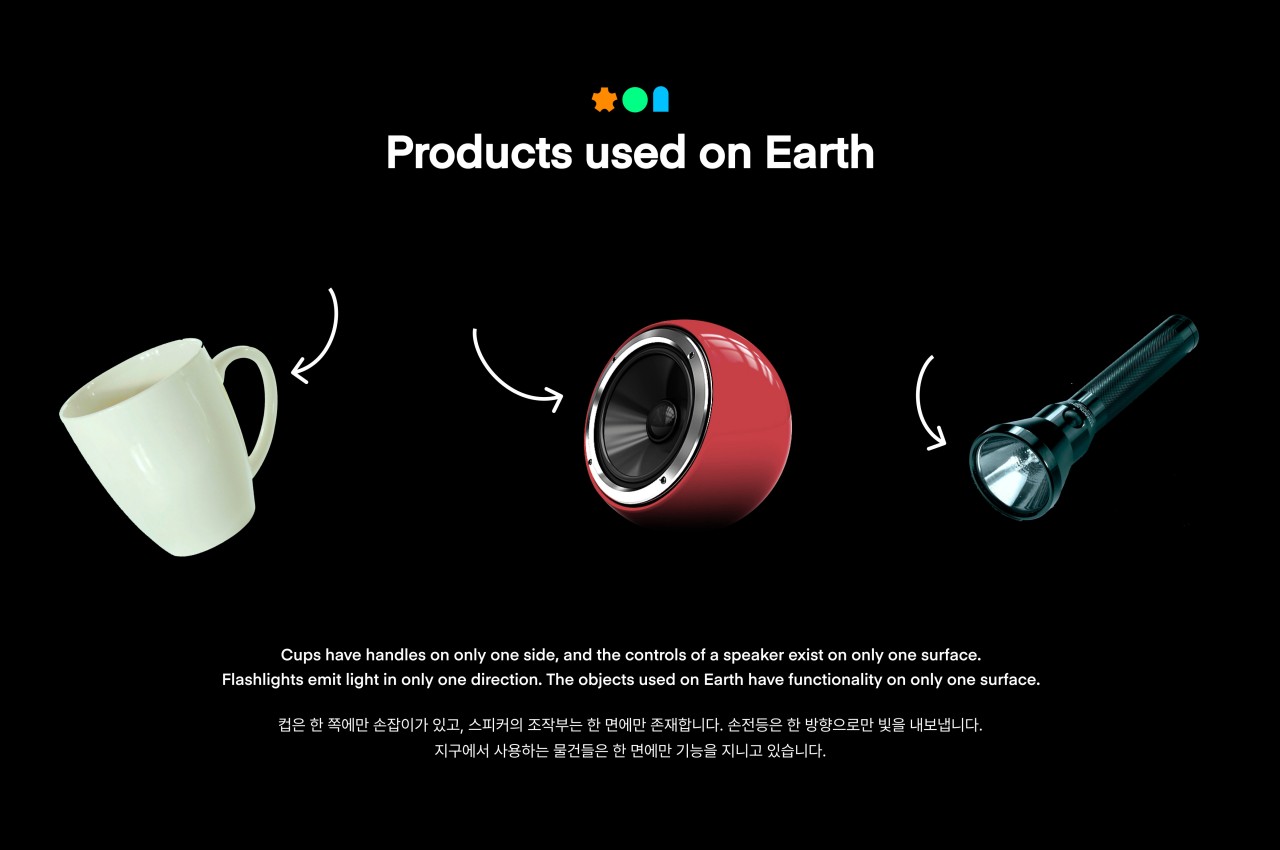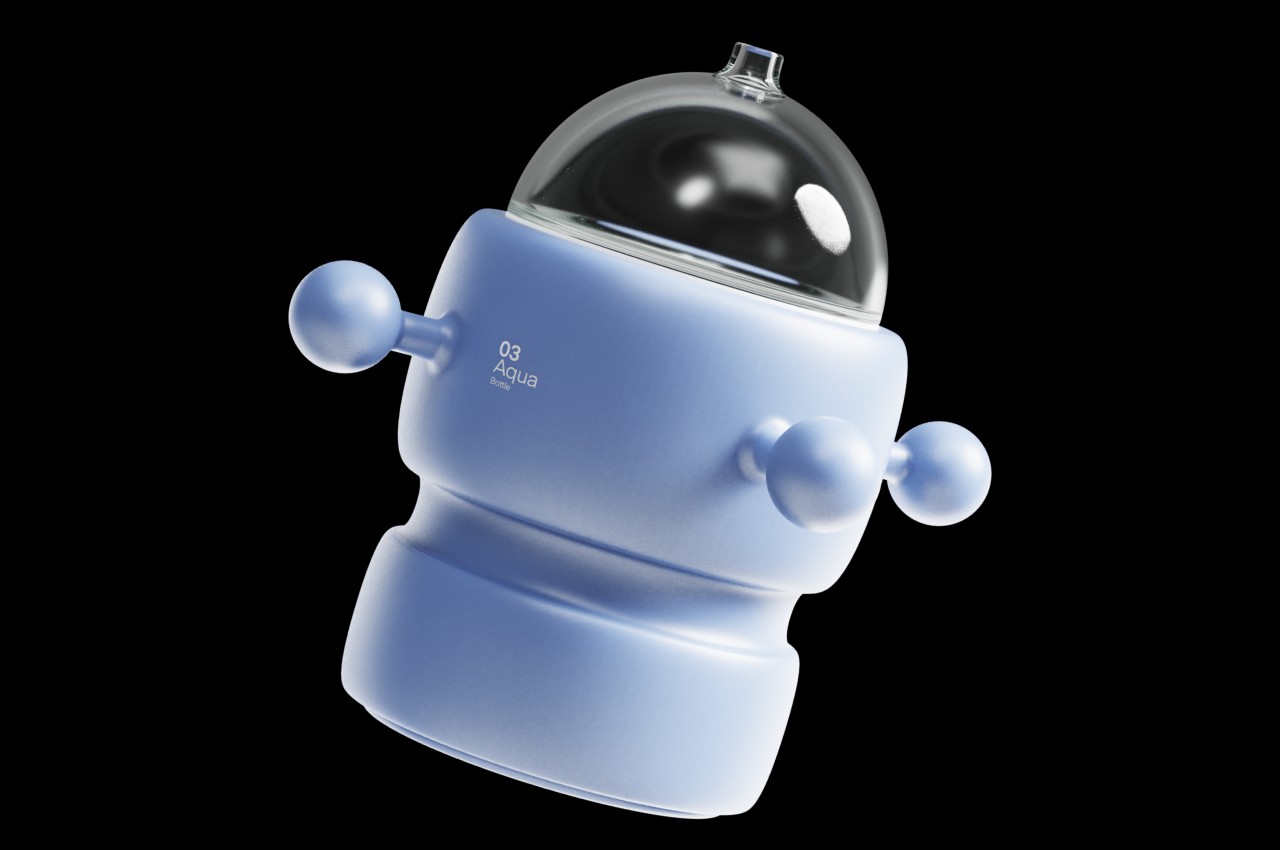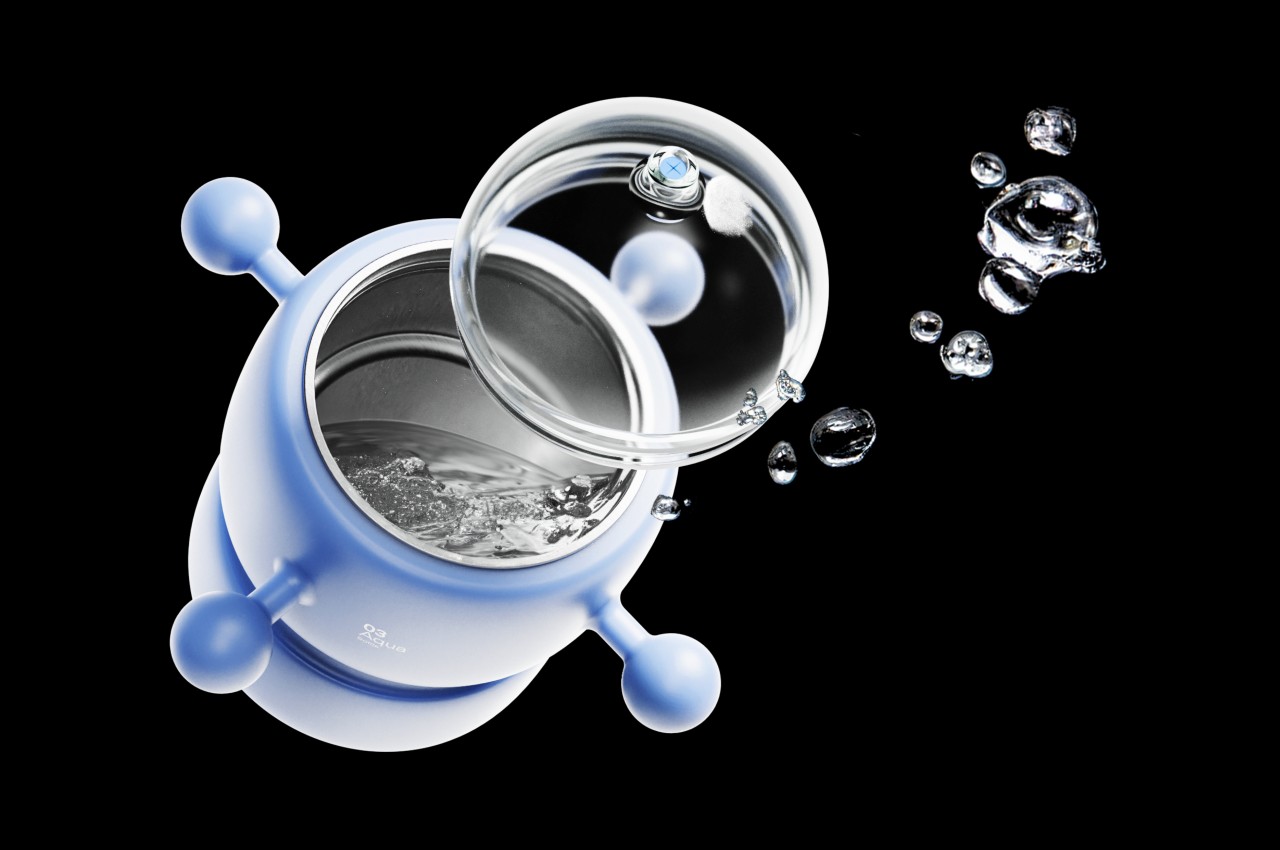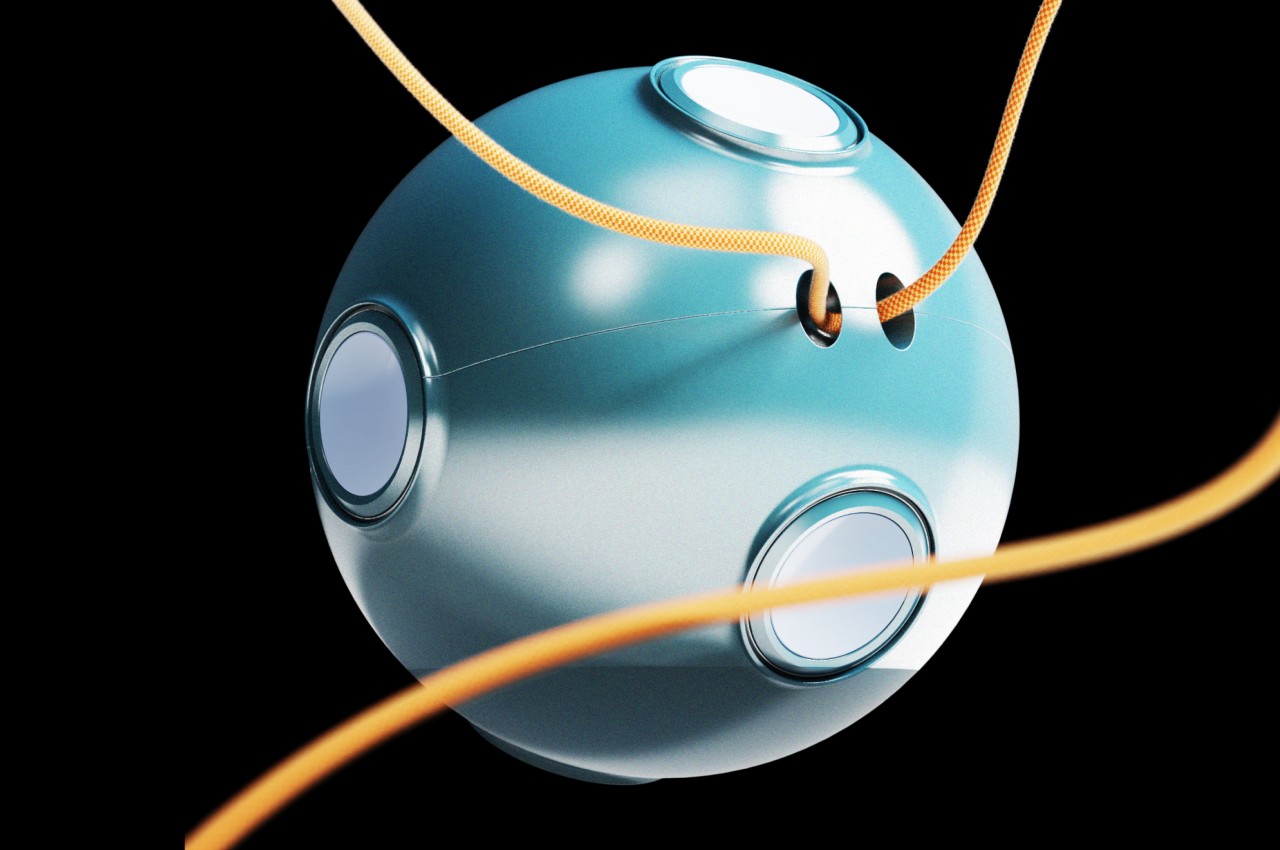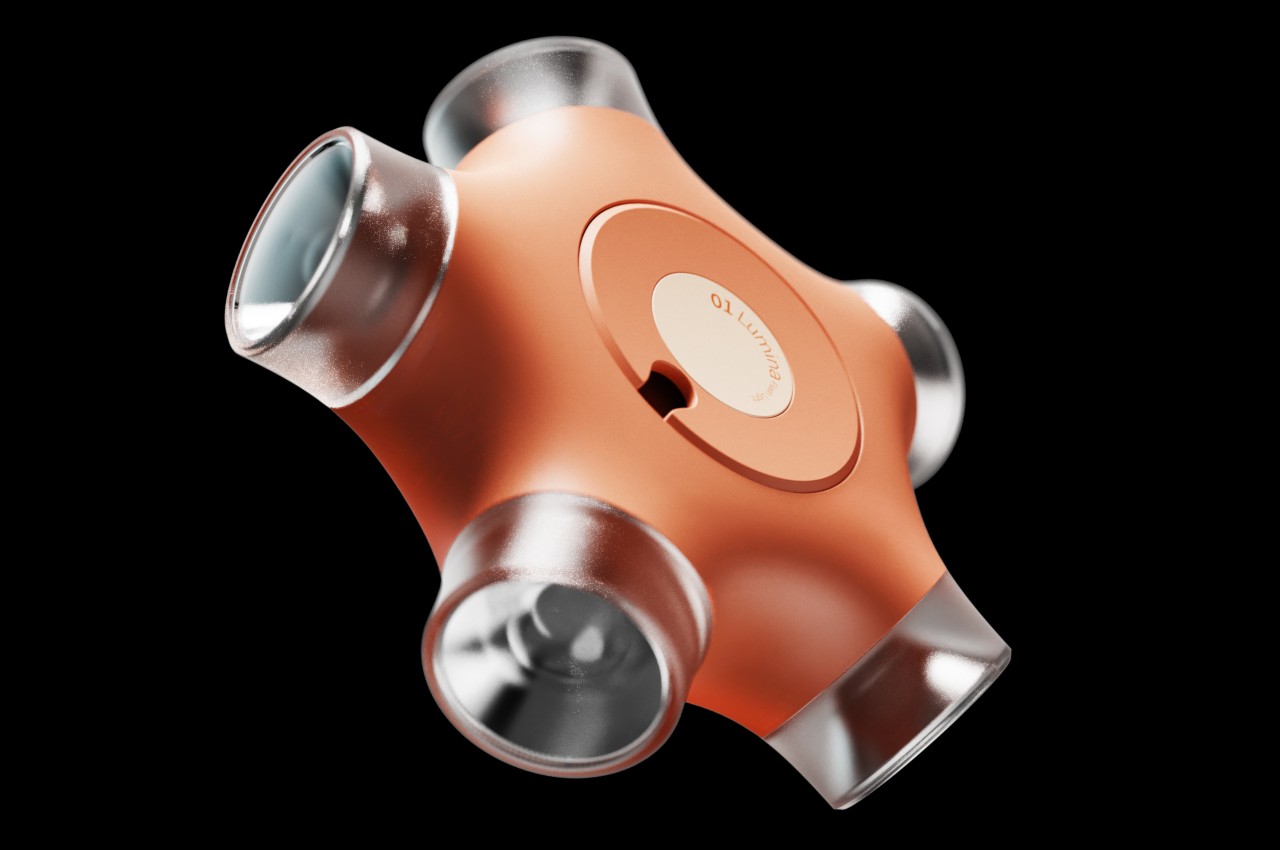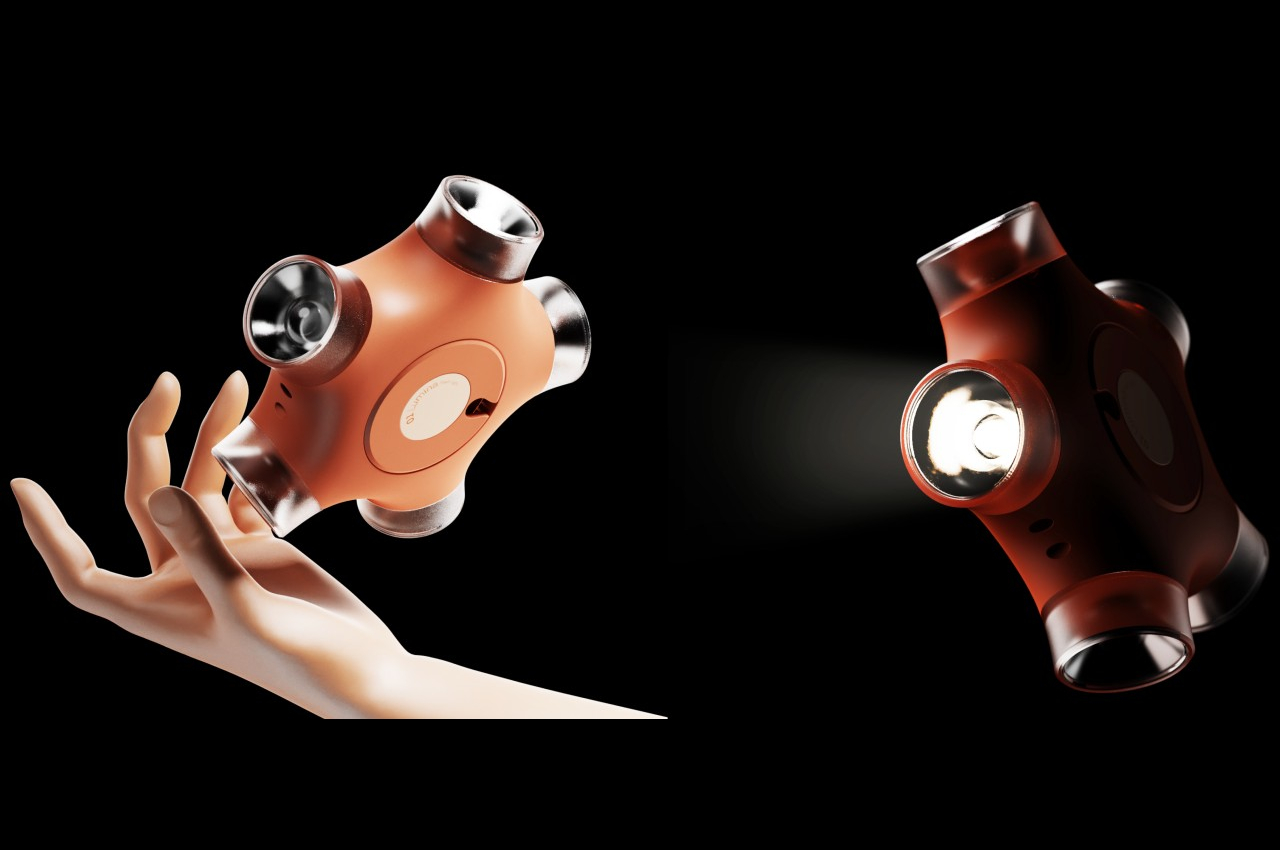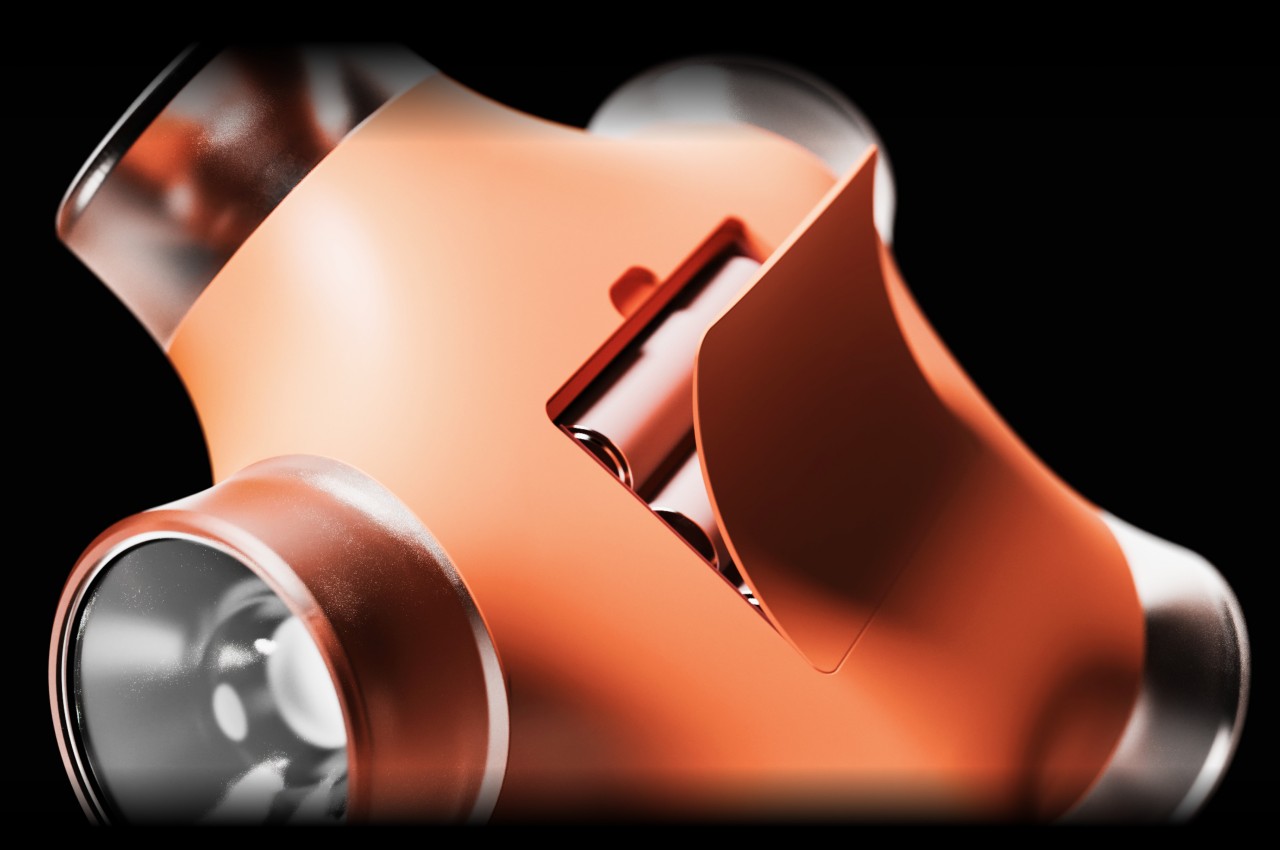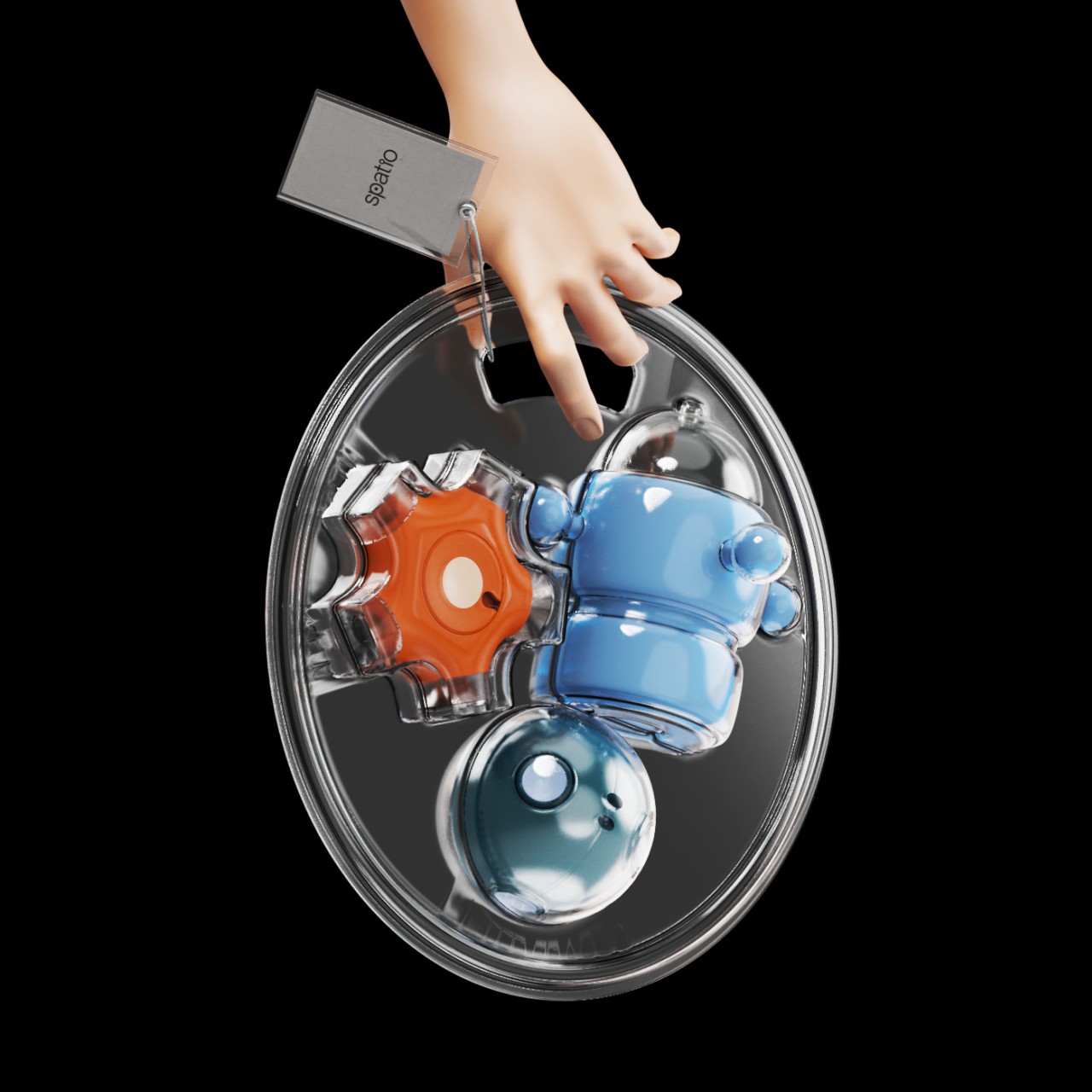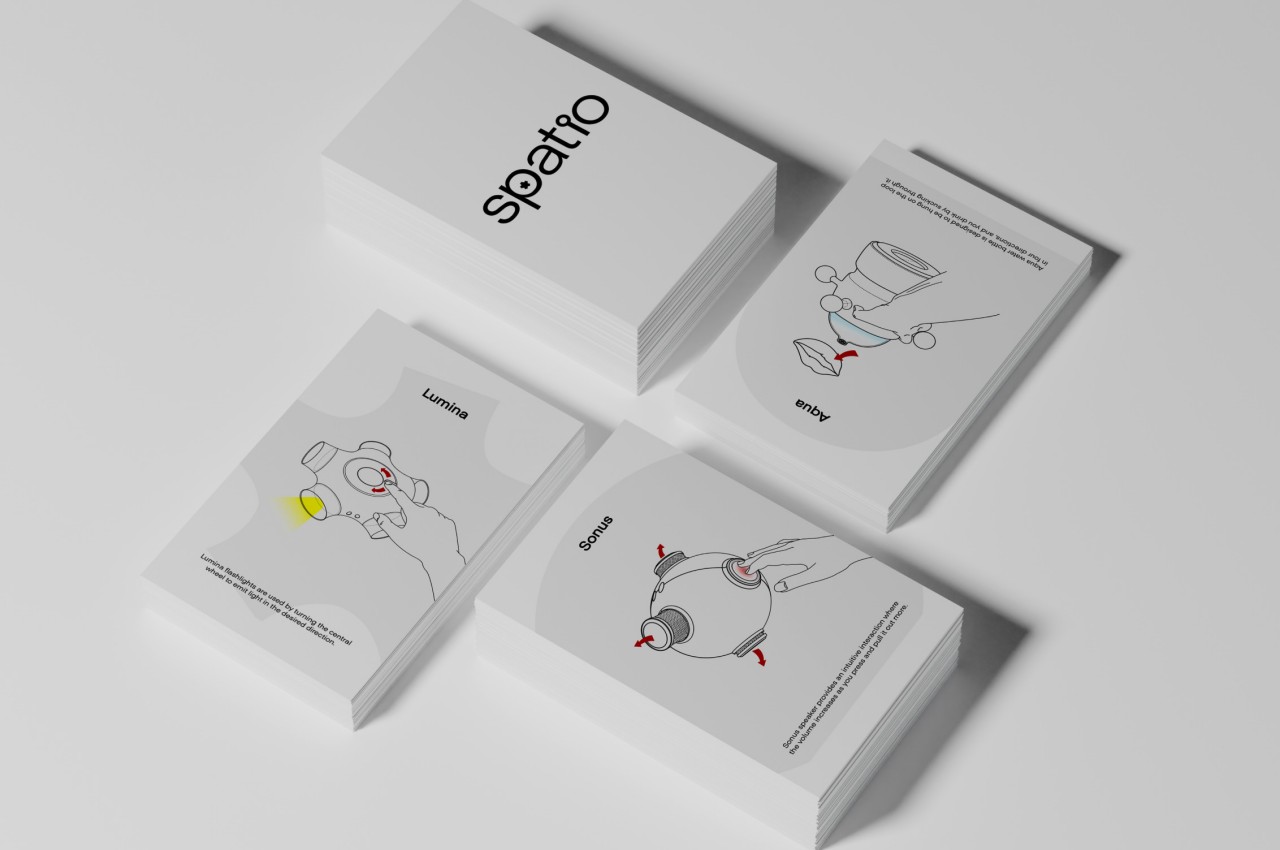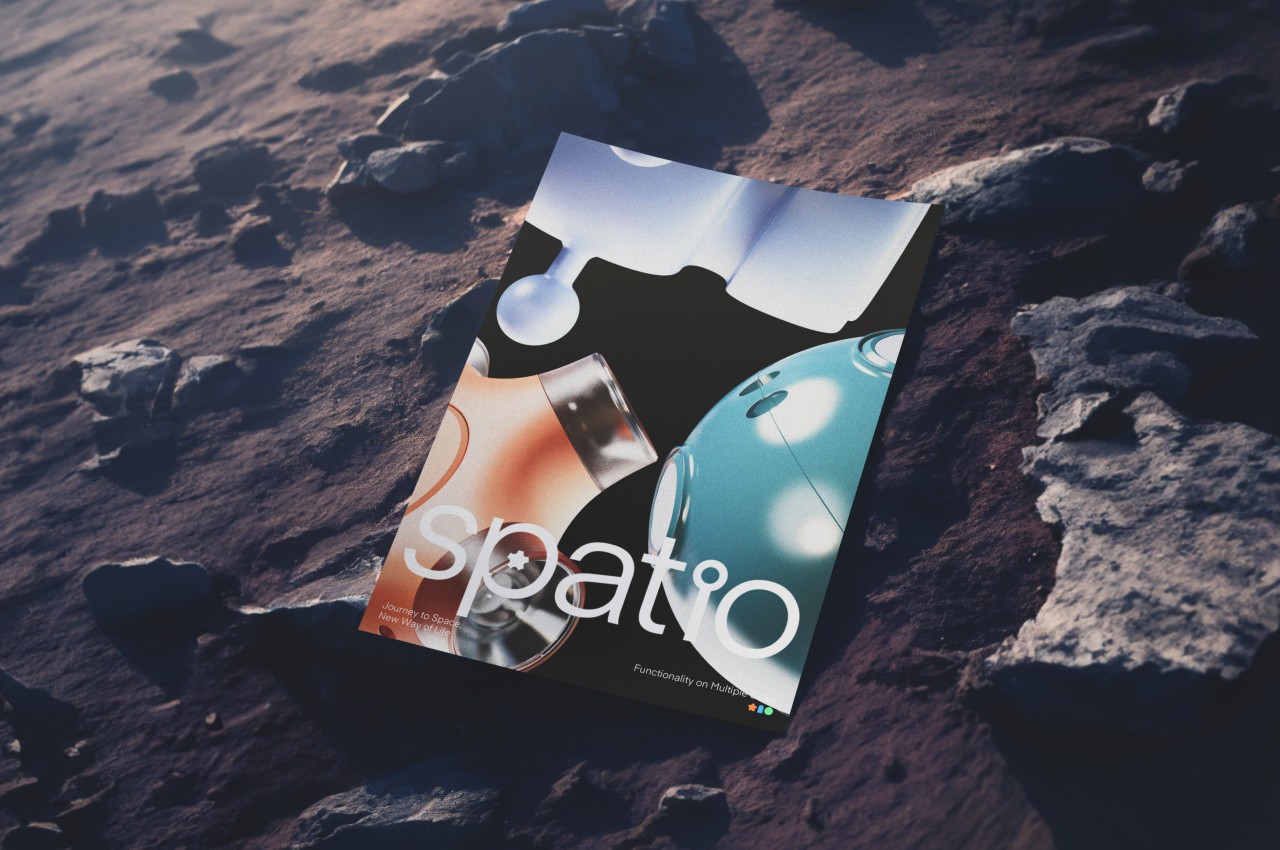We all know that space is the next major frontier that remains to be conquered by humans, sparked by Elon’s ambitions to colonize Mars. Previously, NASA and now SpaceX are spearheading the dreams of space tourism and ultimately moving beyond planet Earth’s nurture. These developments have triggered inspiration for countless concept vehicles that envision what the future could be like.
This future-forward concept overshadows most of them with its unique idea of connecting Earth and space travel without all the strings attached. The idea is to make a seamless transition from driving on the highways to traveling beyond the stratosphere within just a few hours. Meet the Polestar Kairos, a hypertravel vehicle that comes with a normal driving mode and a space transfer mode to dock with a spacecraft that’s destined for space.
Designer: Kim Ye-rin
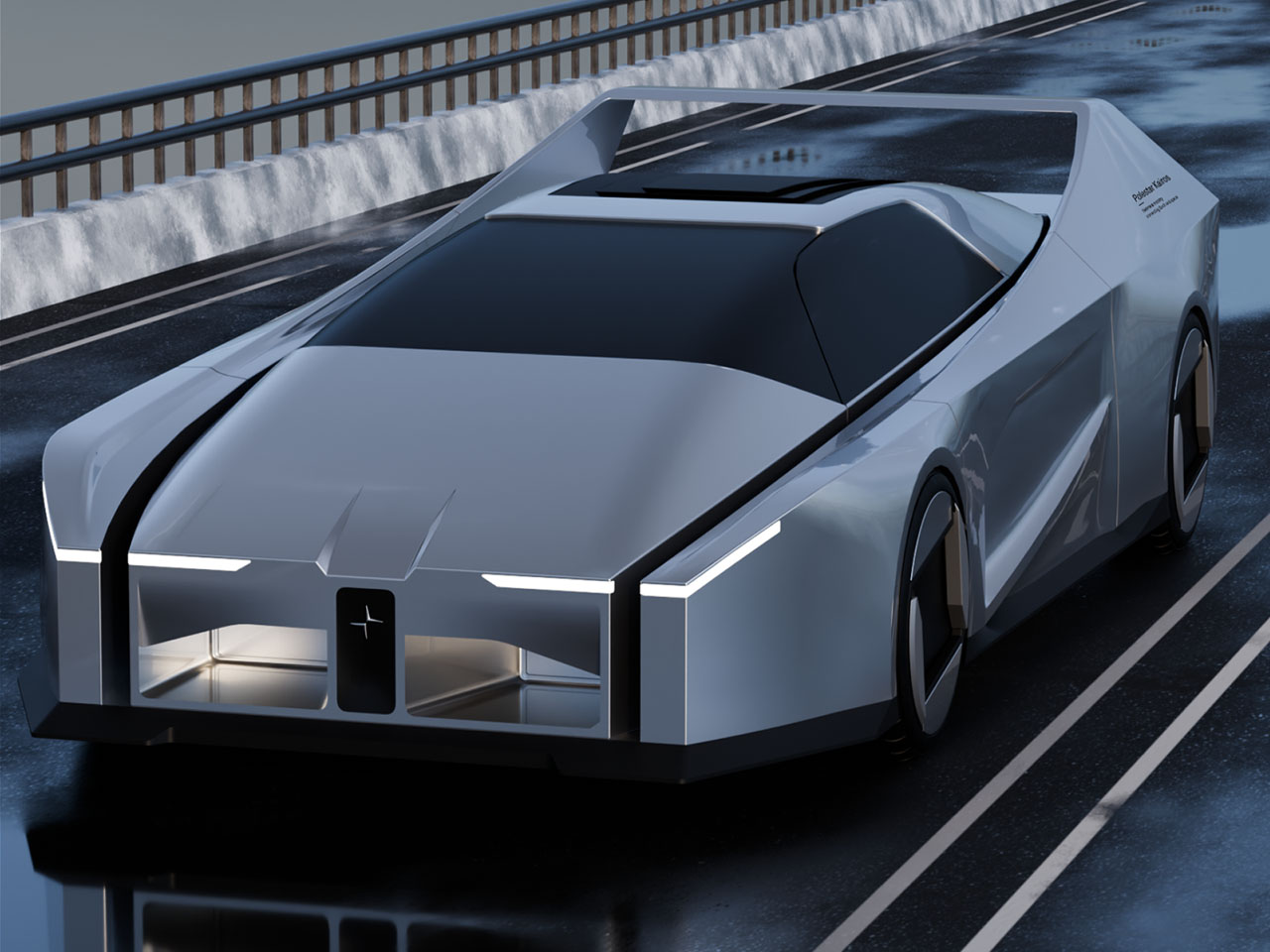
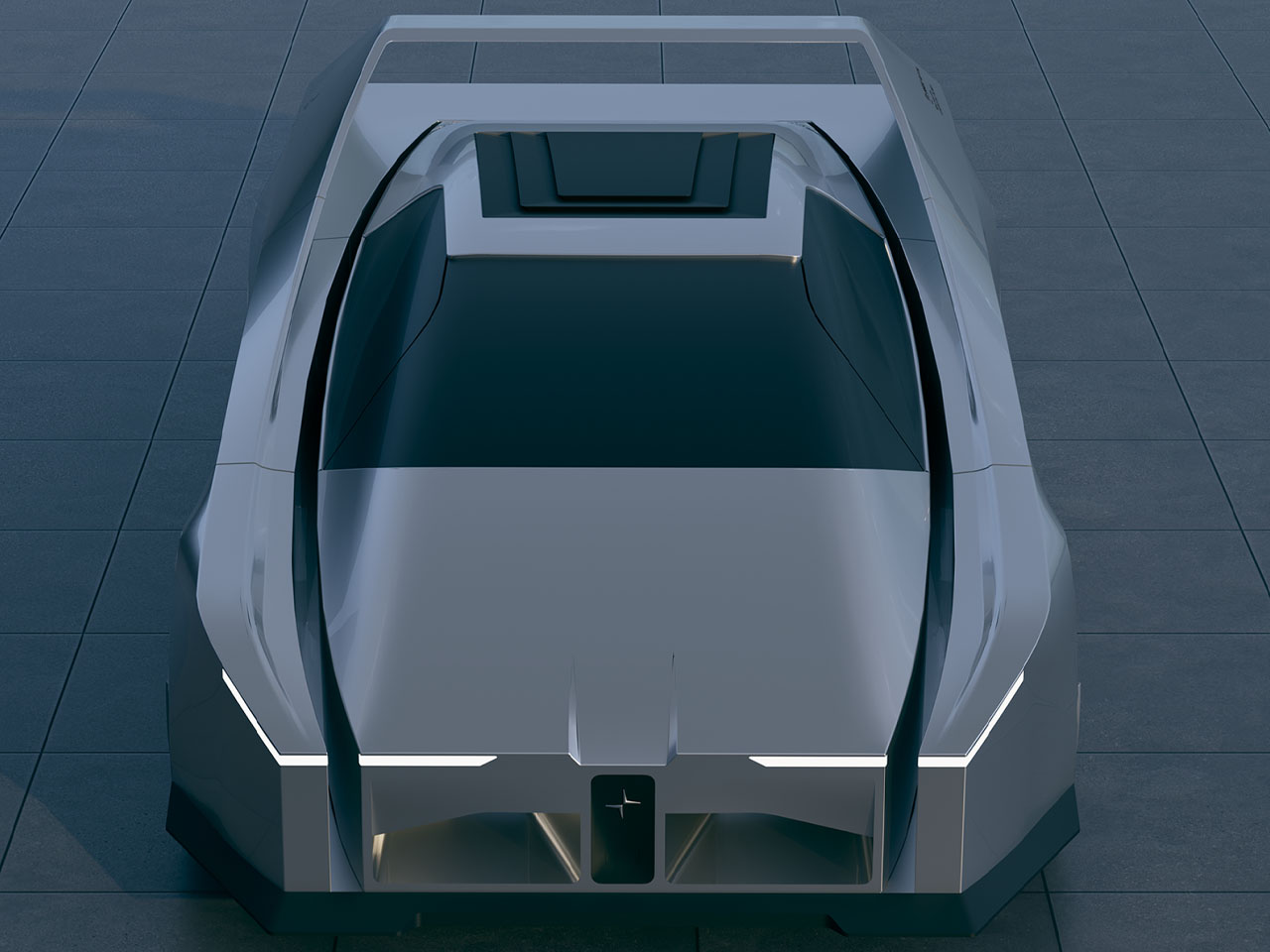
The front section of the hypercar, made out of reinforced lightweight material, is stronger than the fuselage of an airplane for structural integrity. Transition from the car mode to the docked spacecraft version is seamless, indicating how we could travel in space in the coming decades. Sure, it sounds like science fiction, but we are talking of a time ten years down the line when traveling to Mars would be a usual affair. This concept is based on the Polestar’s DNA and design physics, thereby explaining the industrial look.
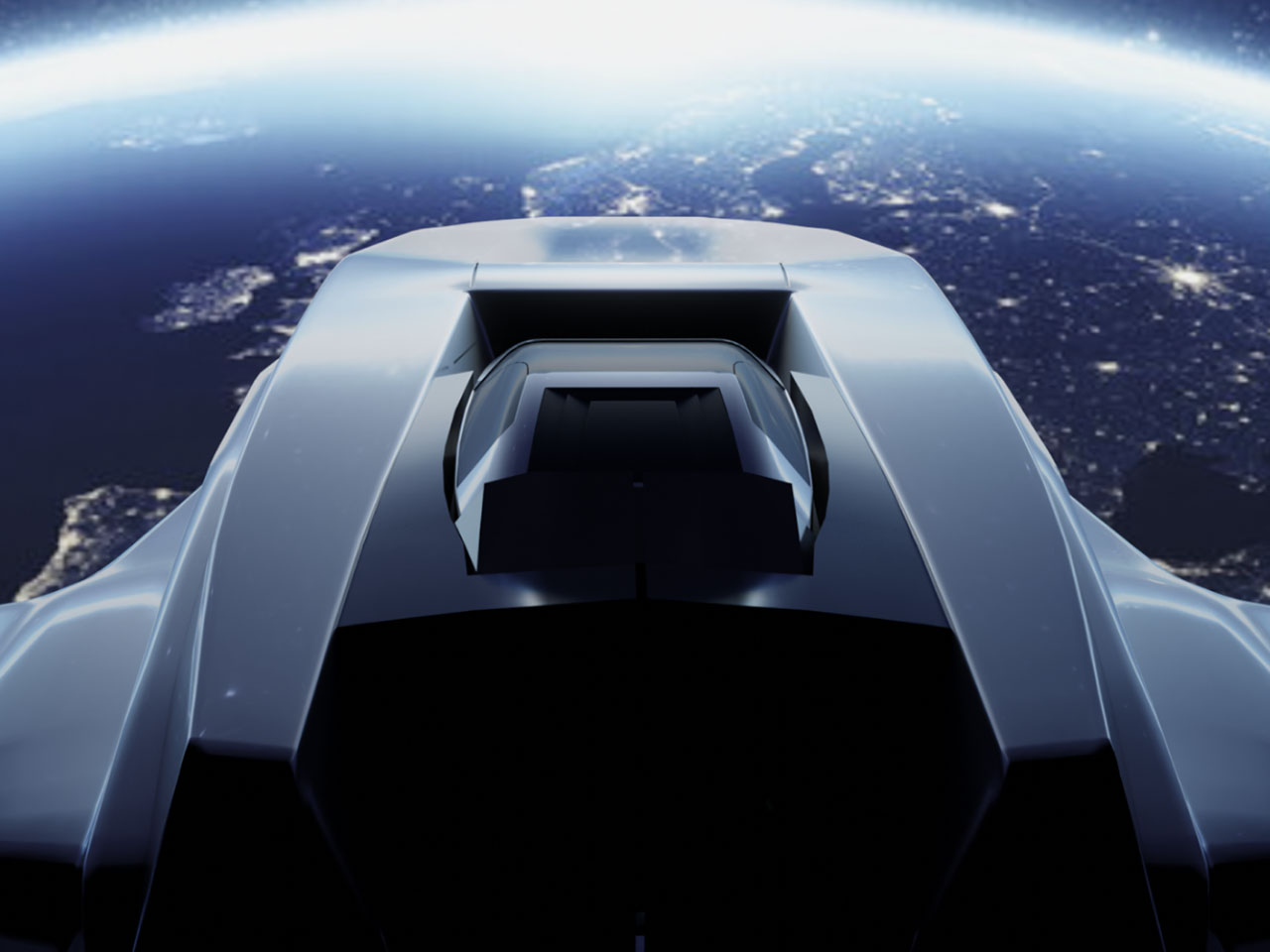
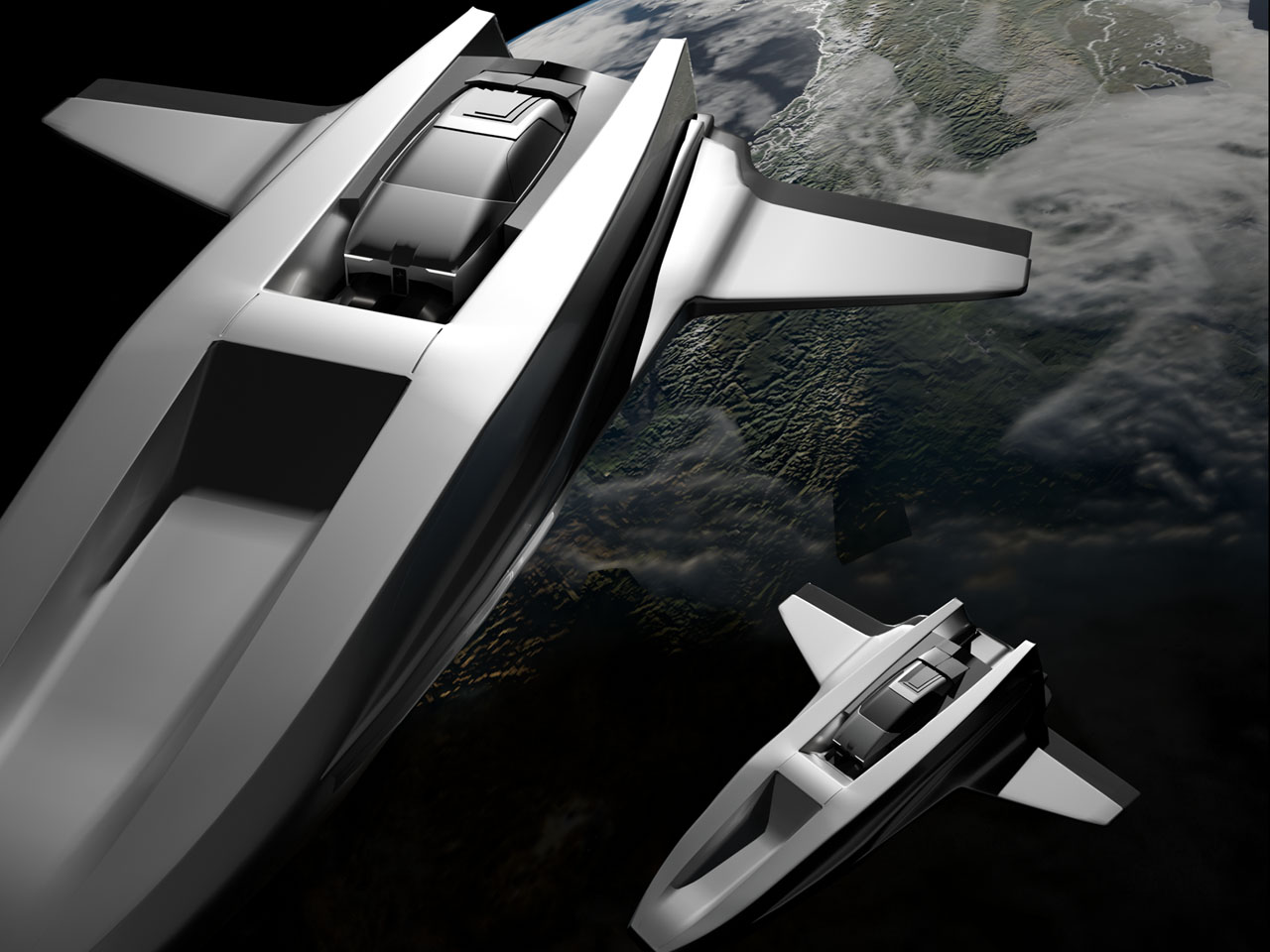
The compatible spacecraft will be capable of docking two Kairos hypercars, transporting them to the other habitable planet in the solar system. When docked with the spacecraft, the hypercar unit transforms into an ultra-low temperature sleep chamber. This chamber is loaded with amenities for life maintenance during extended space trips. Since space travel can have a toll on mental and physical conditioning, the module is equipped to handle that too. The spacecraft will essentially be a carrier for people who want their loved ride to stay with them even beyond the limits of Earth.
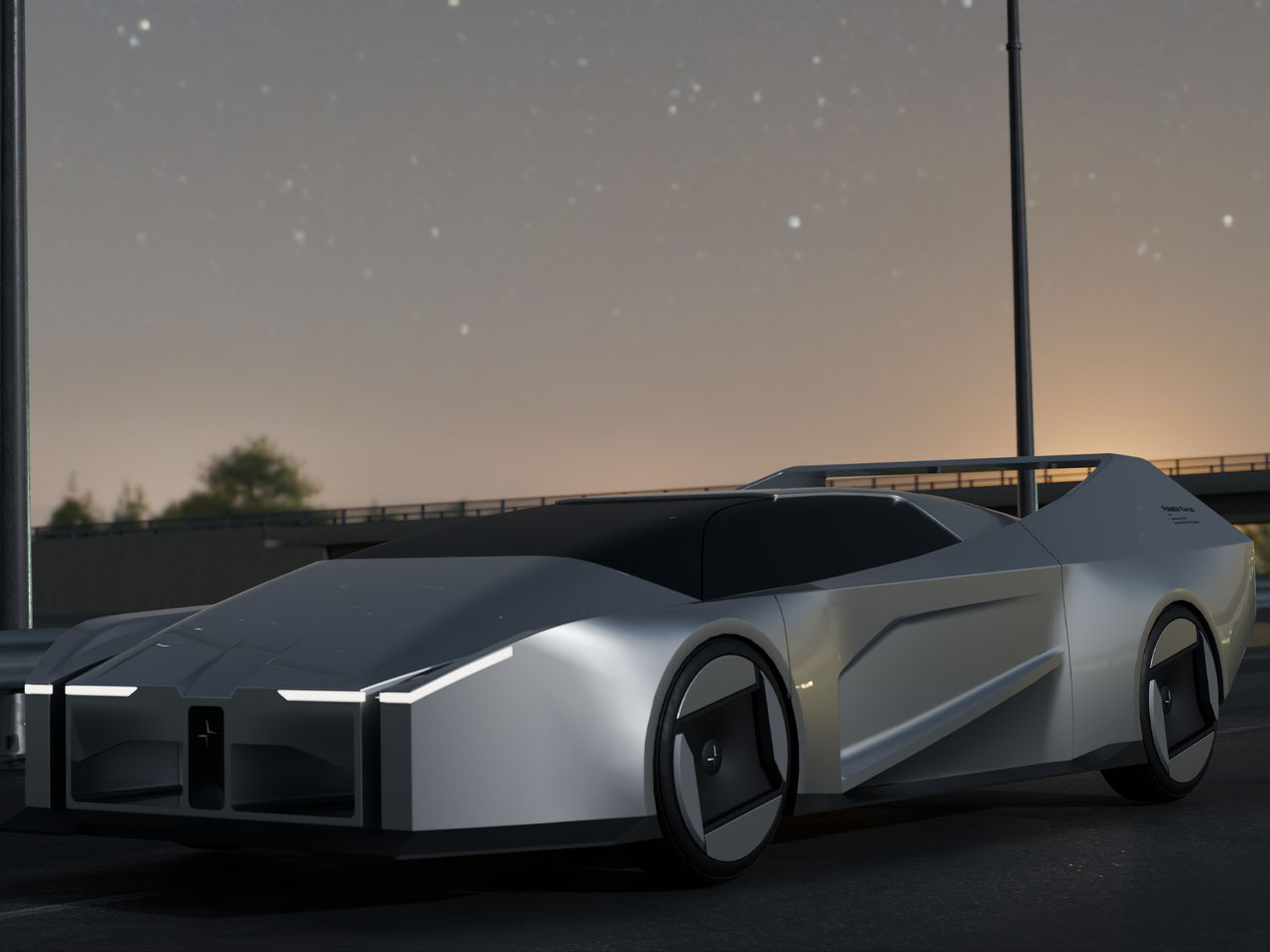
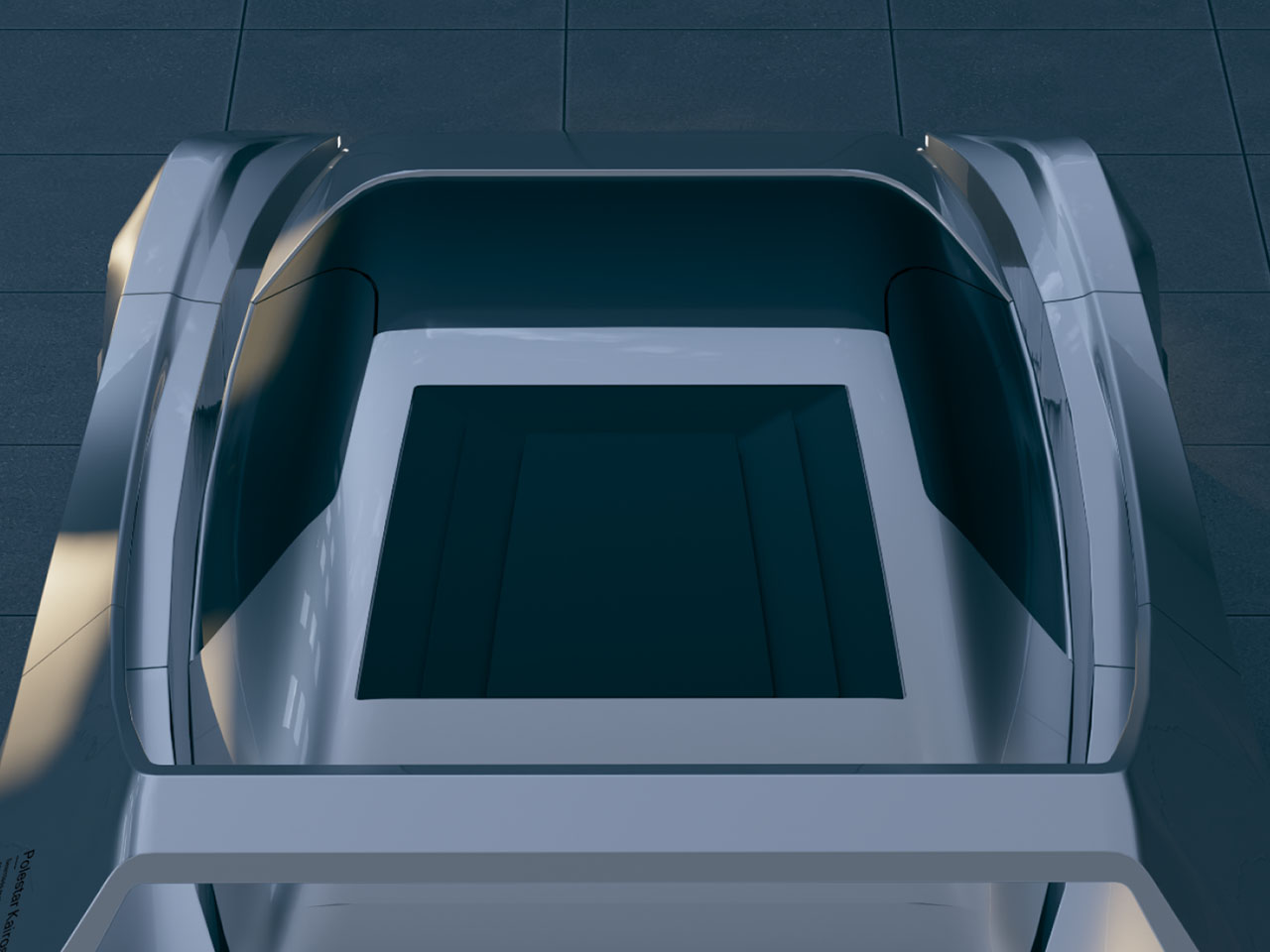
From a pure four-wheeler perspective, the Kairos concept arrives at a time when Polestar is sharpening its focus on electric mobility and design-led sustainability. While the brand’s recent concepts, such as the Precept, have already charted its future direction, Kairos brings new aesthetic and experiential ideas to the table, melding dynamic proportions, refined materials. The Hypercar is low, wide, and sculpted, with crisp surfaces that emphasize tension and purity. The roofline sweeps seamlessly into the rear haunches, giving the car an almost coupe-gravity despite a potentially four-door or high-performance nature. The front face carries Polestar’s signature front “Thor’s Hammer” lighting graphic while a stubby profile reinforces a performance posture.
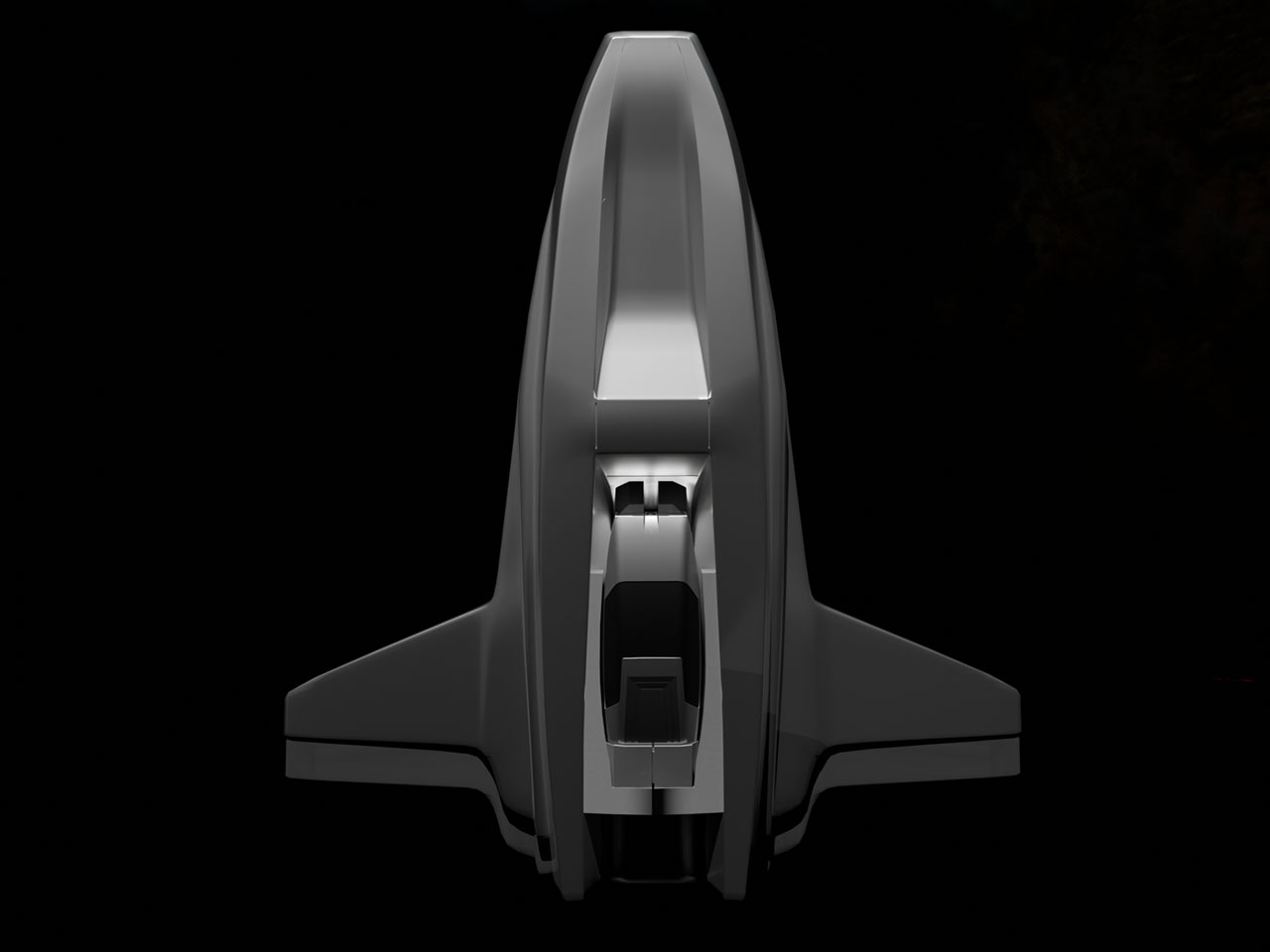
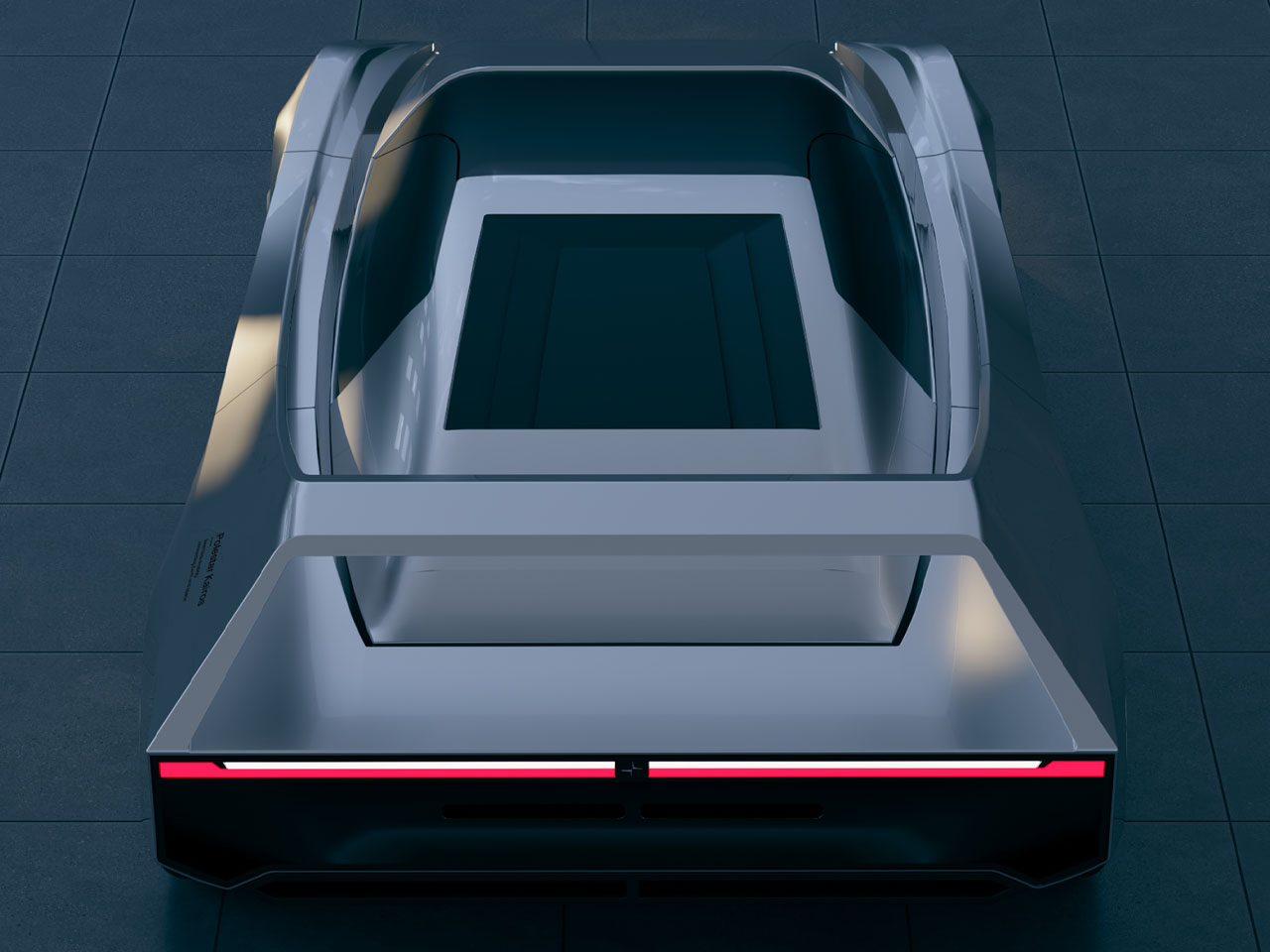
Inside, the Kairos concept highlights the brand’s commitment to premium yet sustainable materials. Natural-fiber composites, recycled textiles, and minimalist interfaces dominate. The cabin layout puts the driver firmly in command: clean surfaces, clear lines, and a restrained palette convey calm focus rather than techno-clutter. The floating center console, integrated display architecture, and expansive glazing underline a sense of openness and precision.
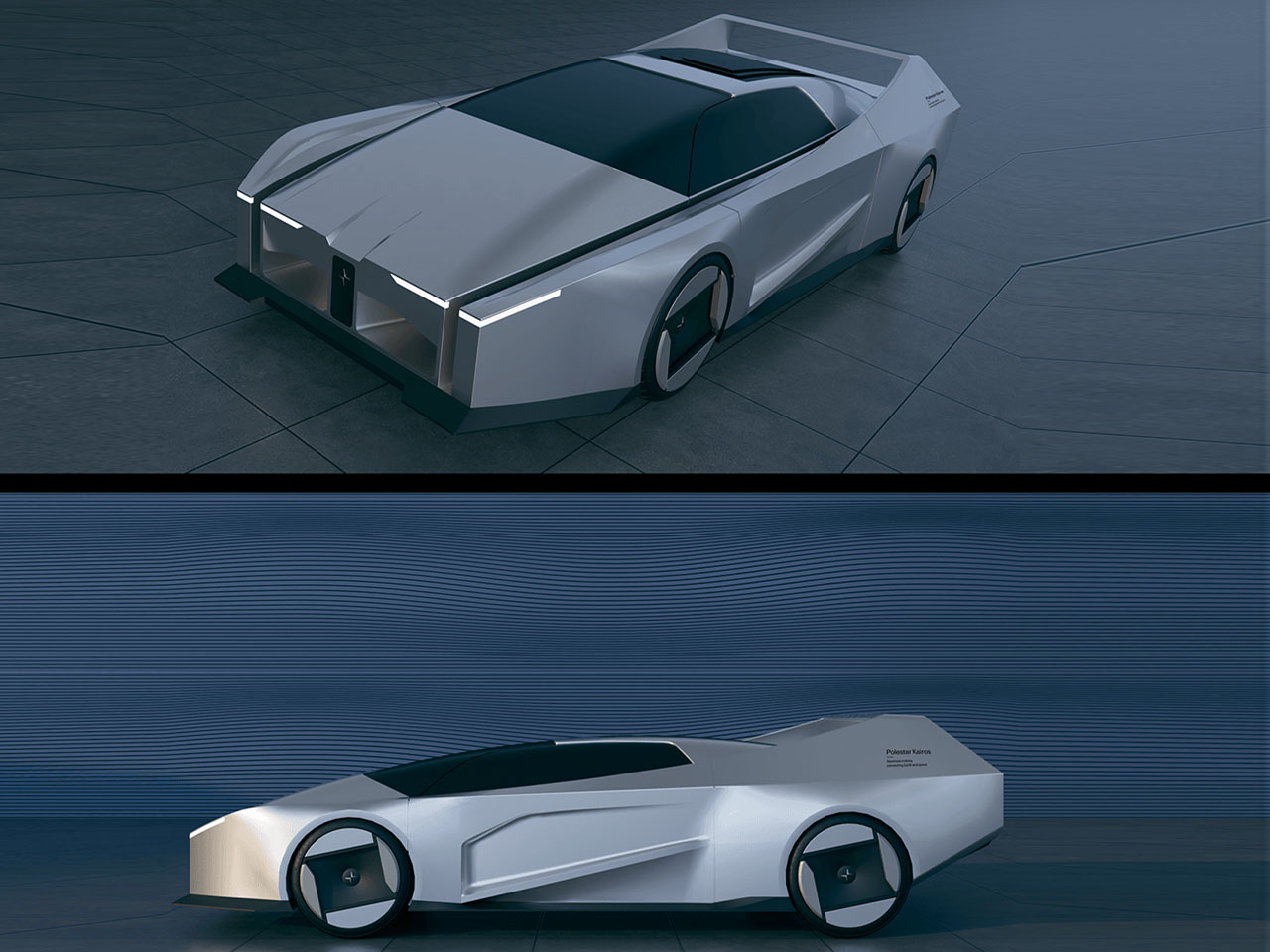
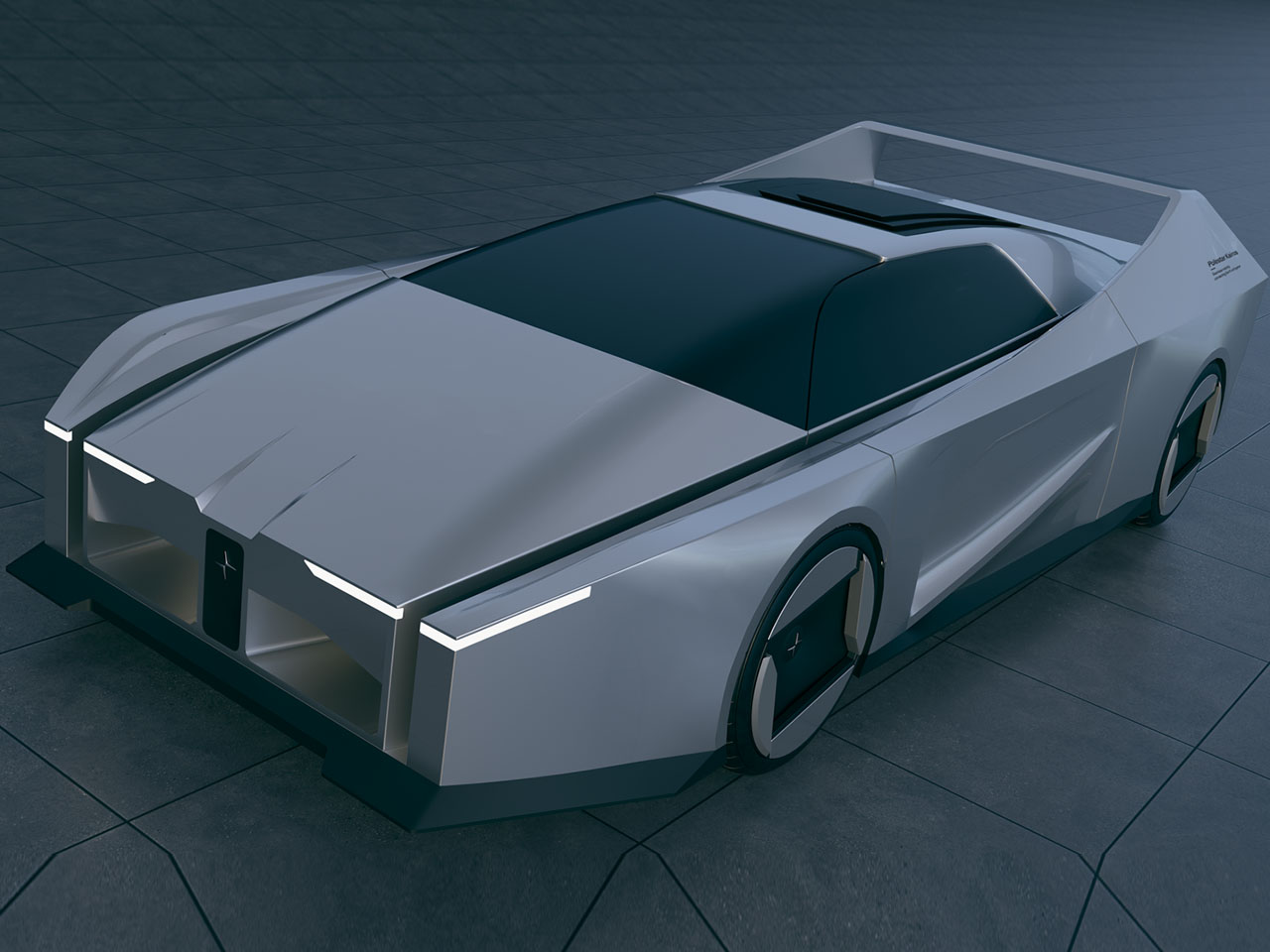
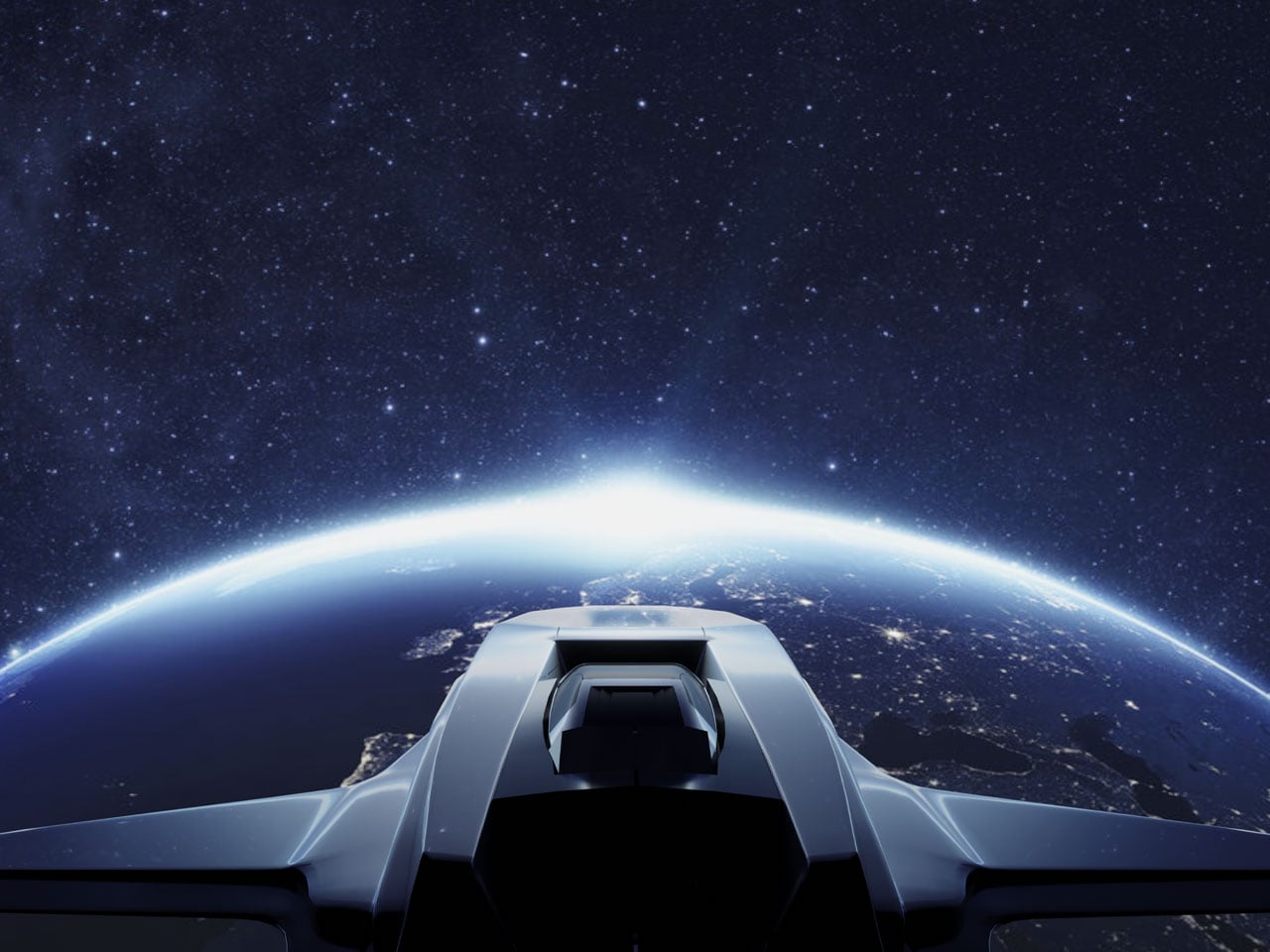
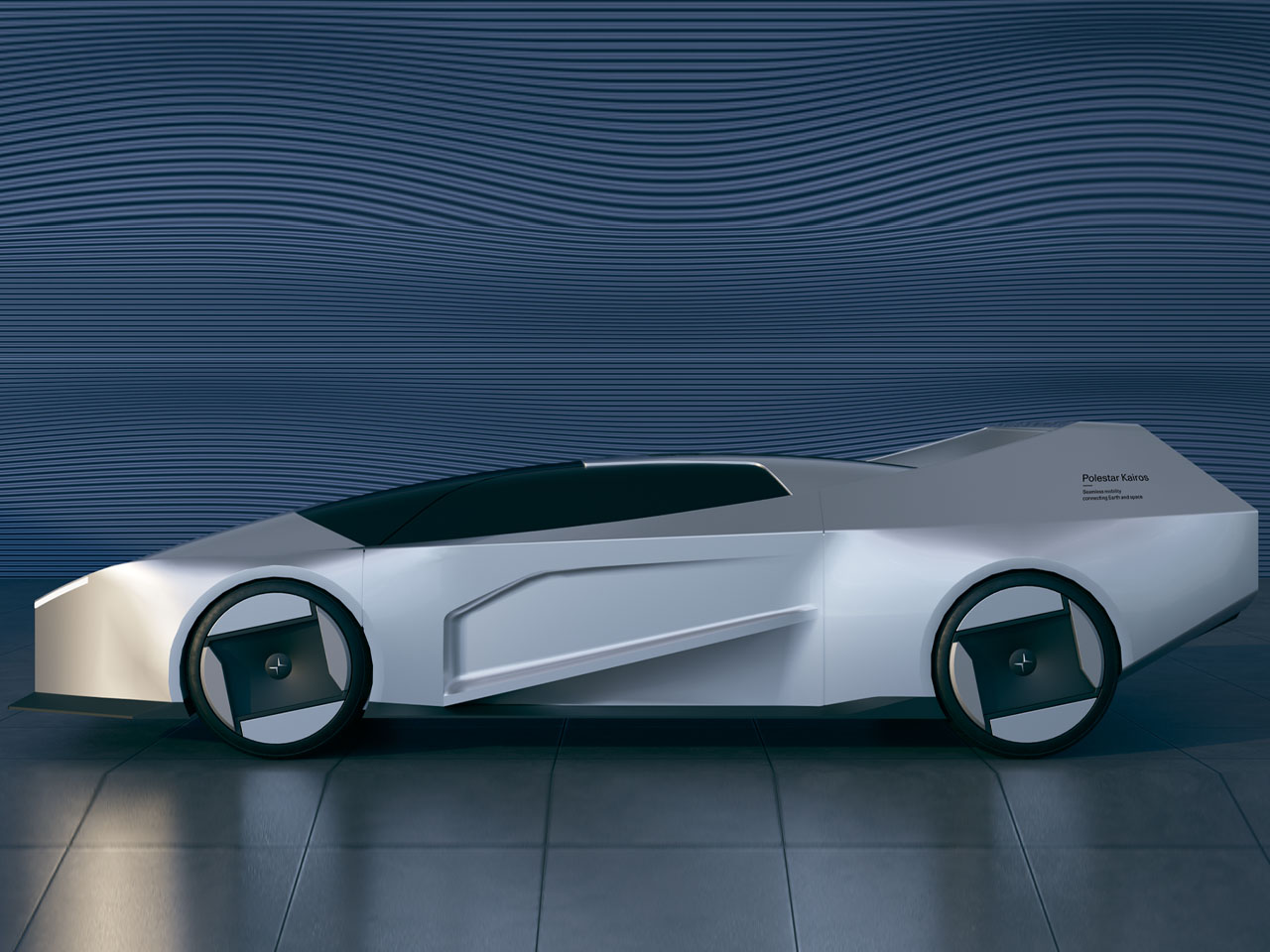
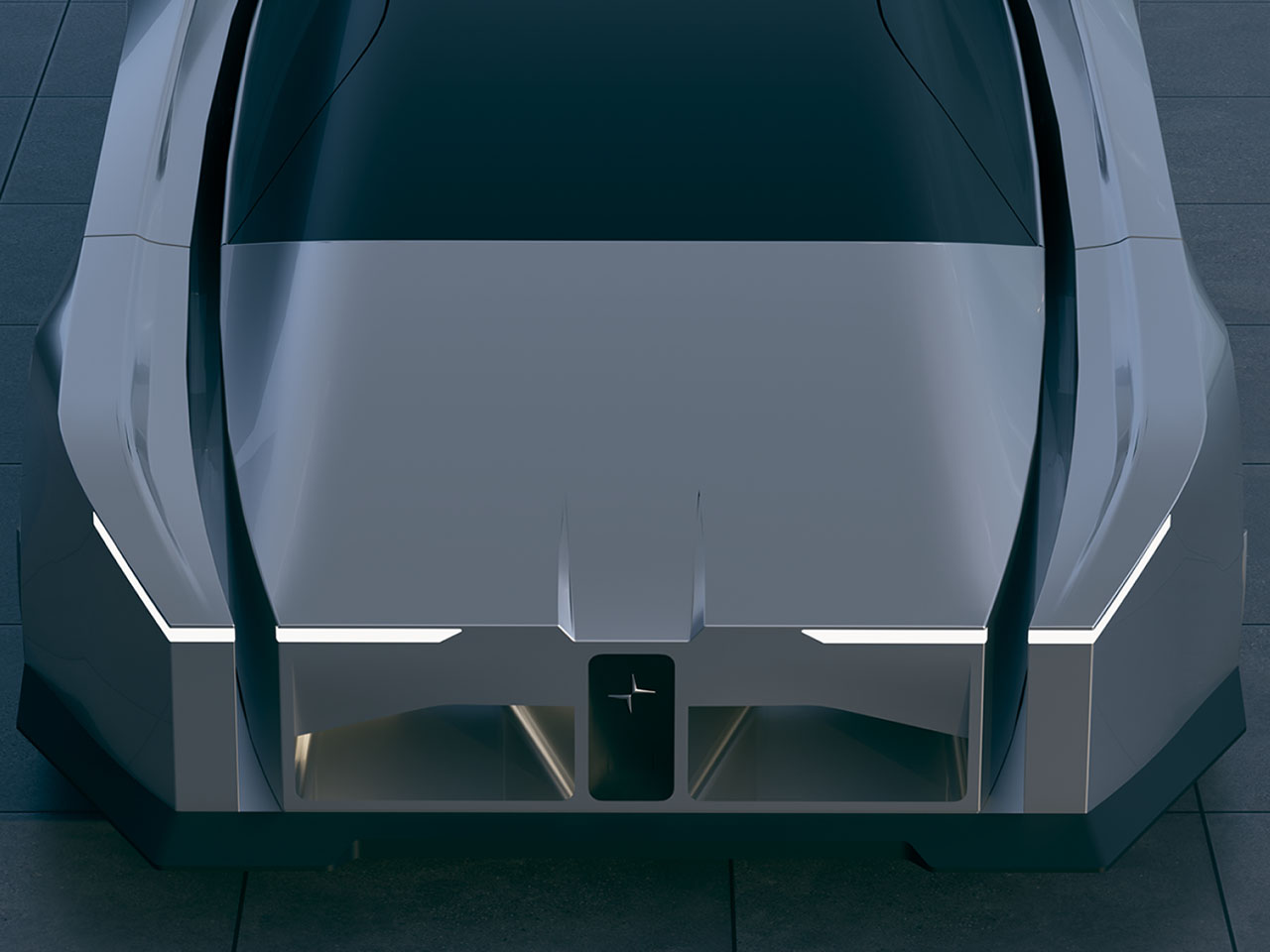
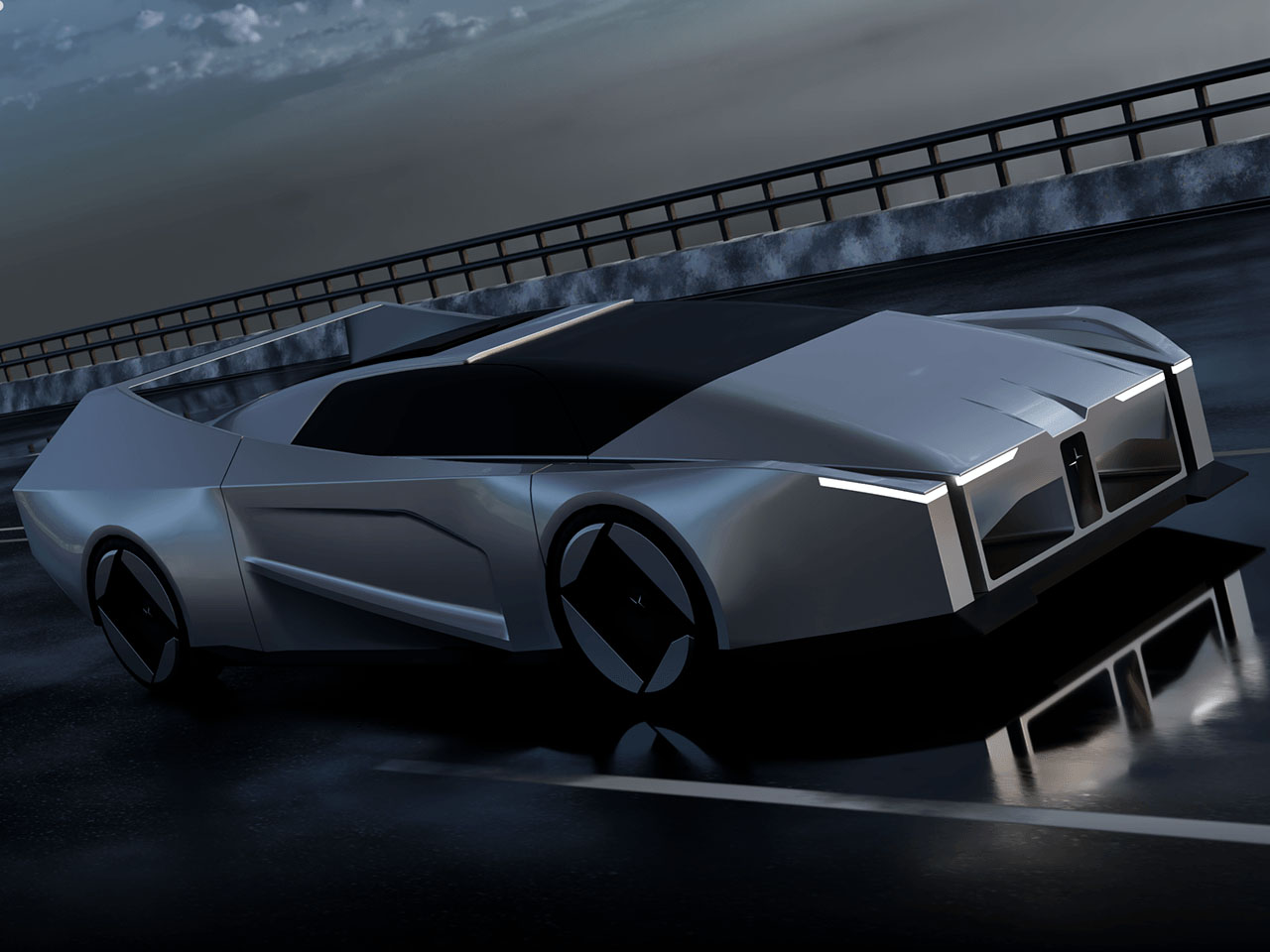
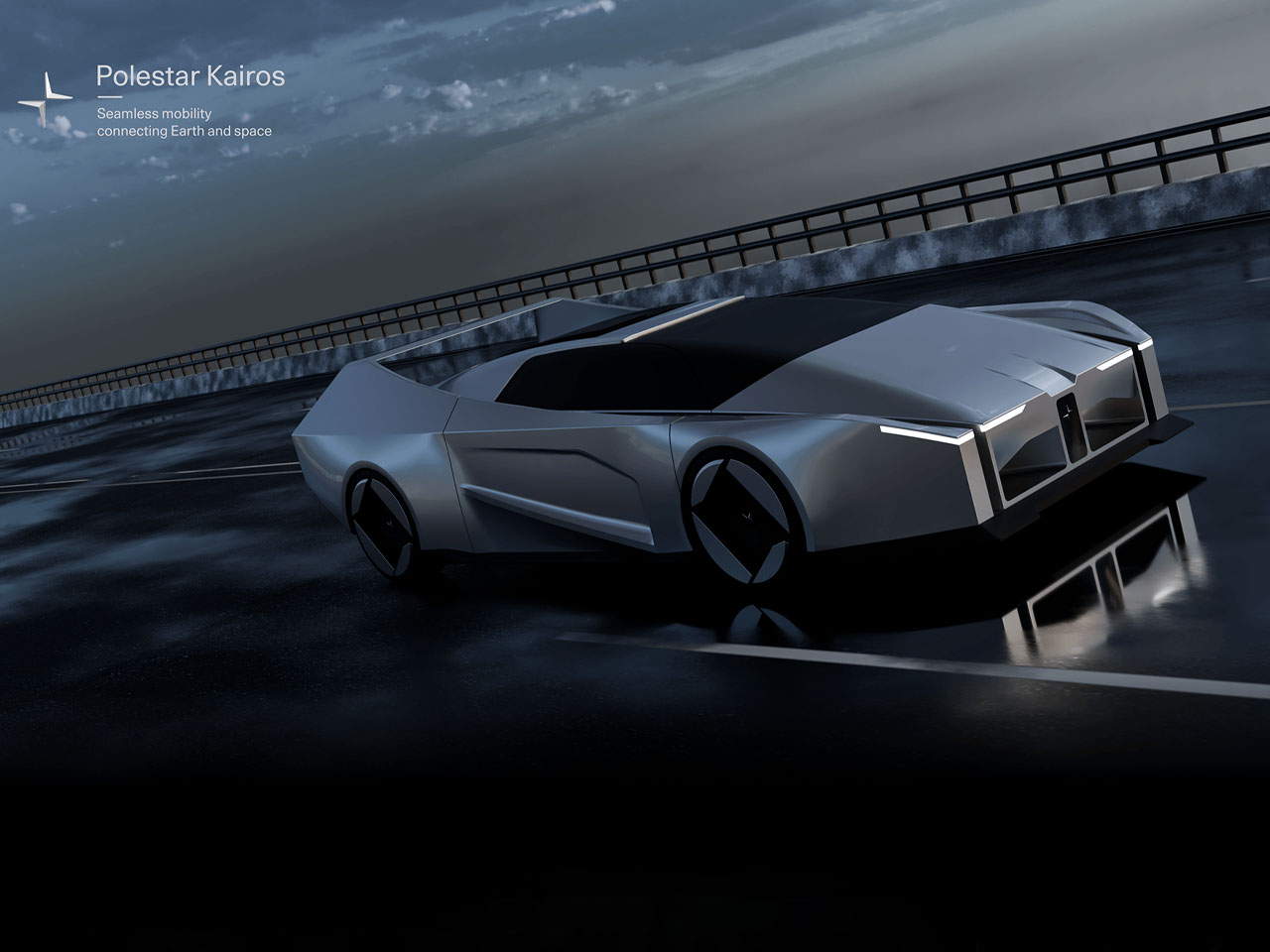
The post Polestar Kairos unifies space travel and daily commutes into one intriguing concept first appeared on Yanko Design.
